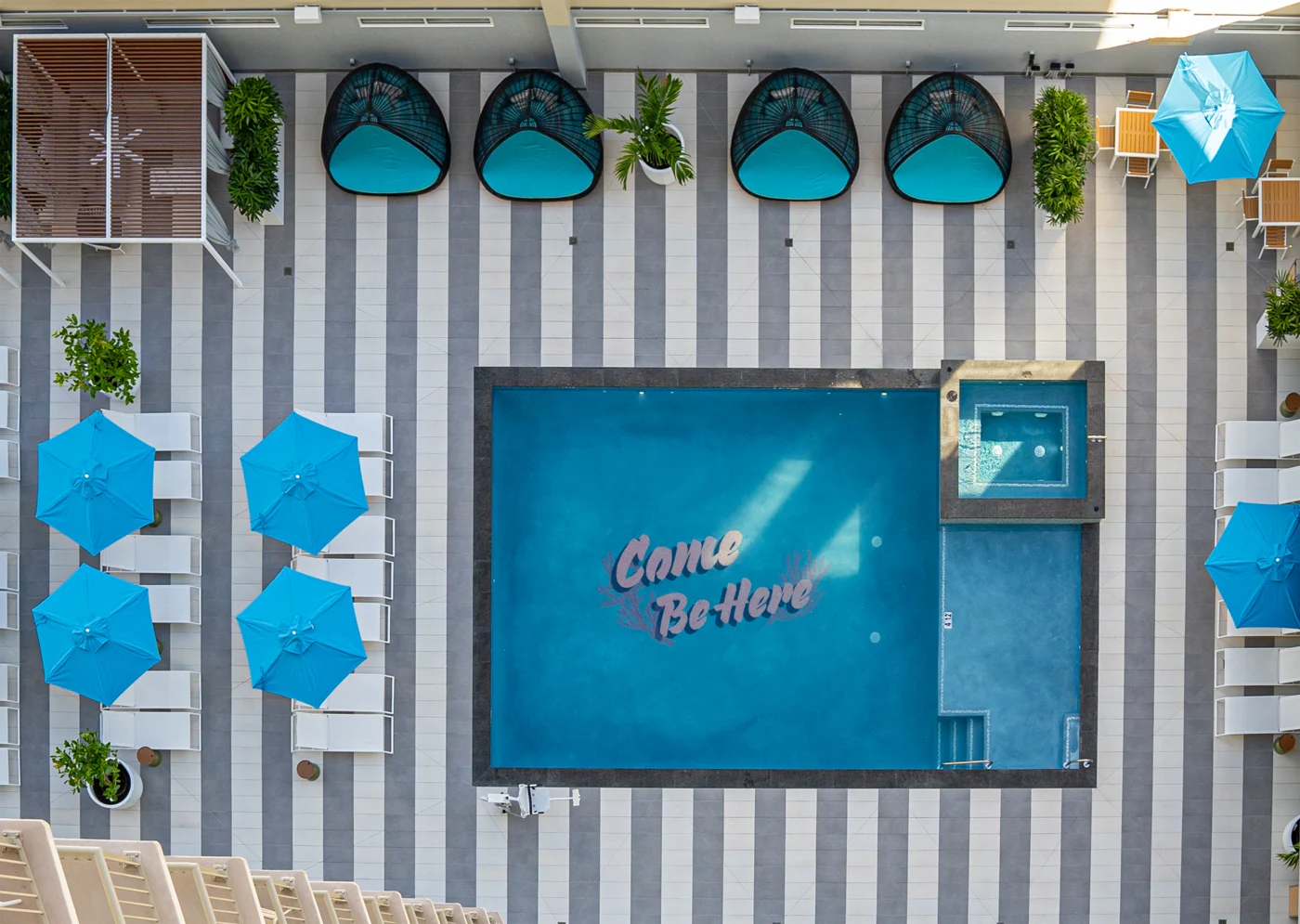
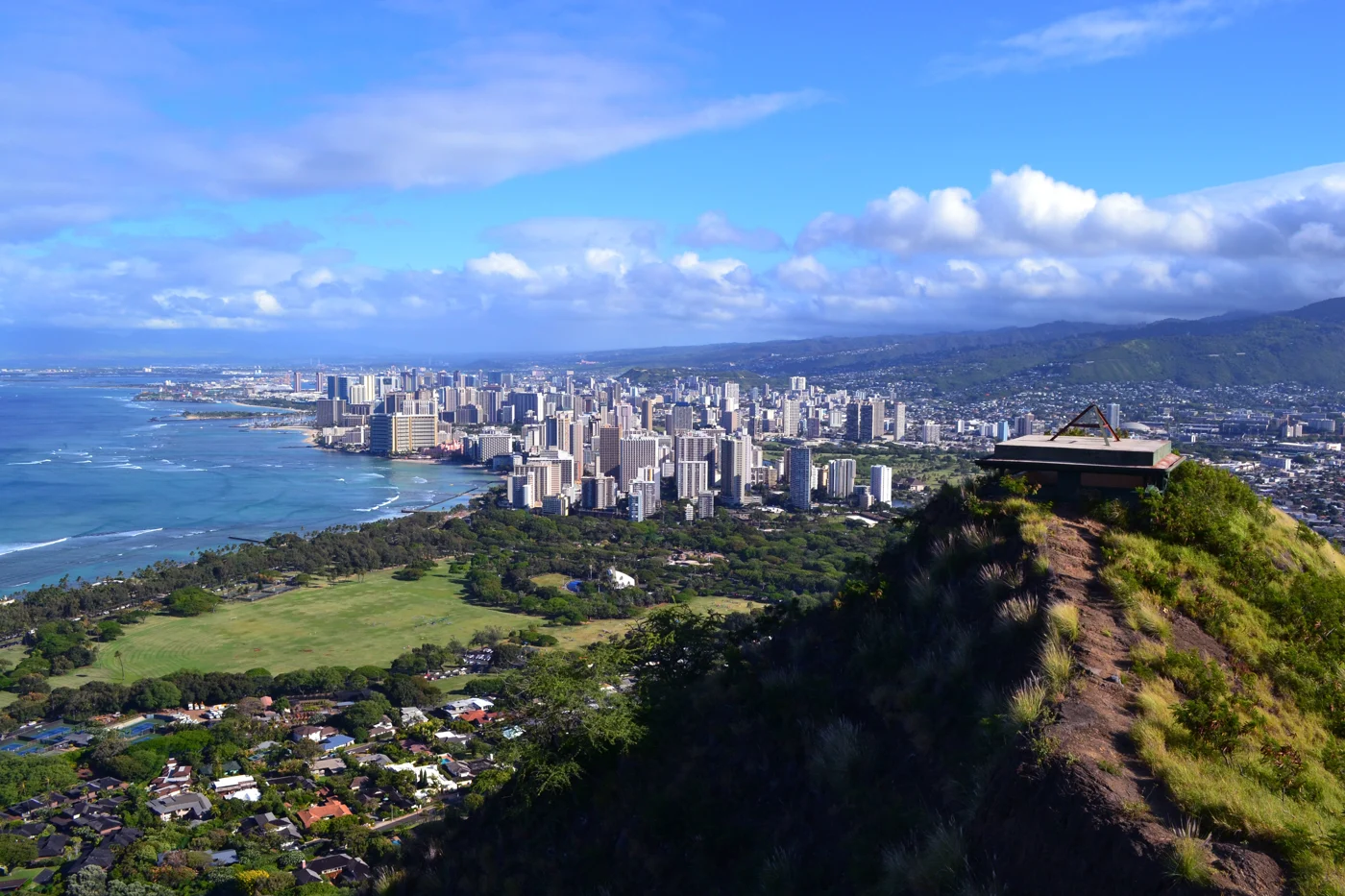



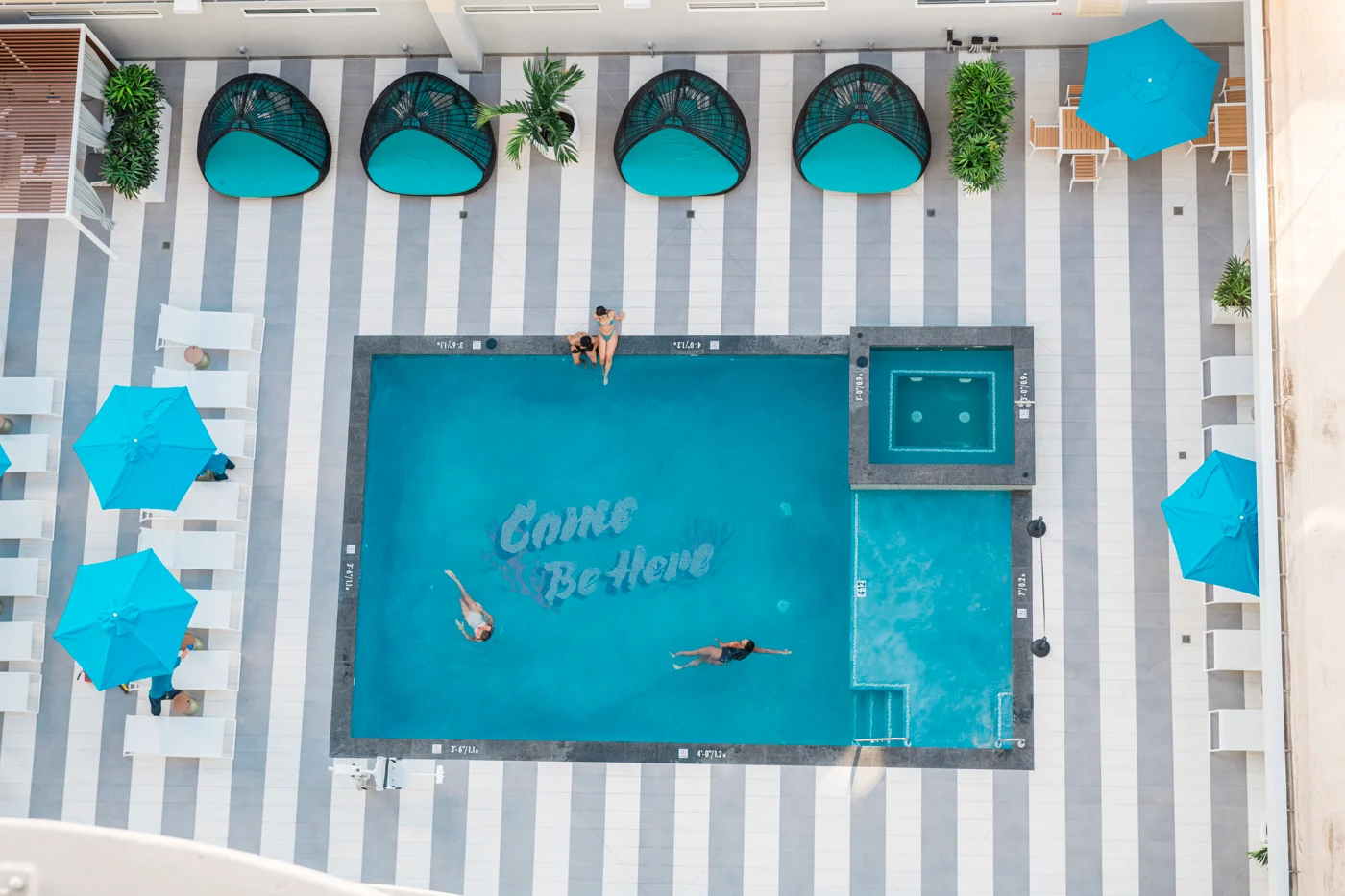

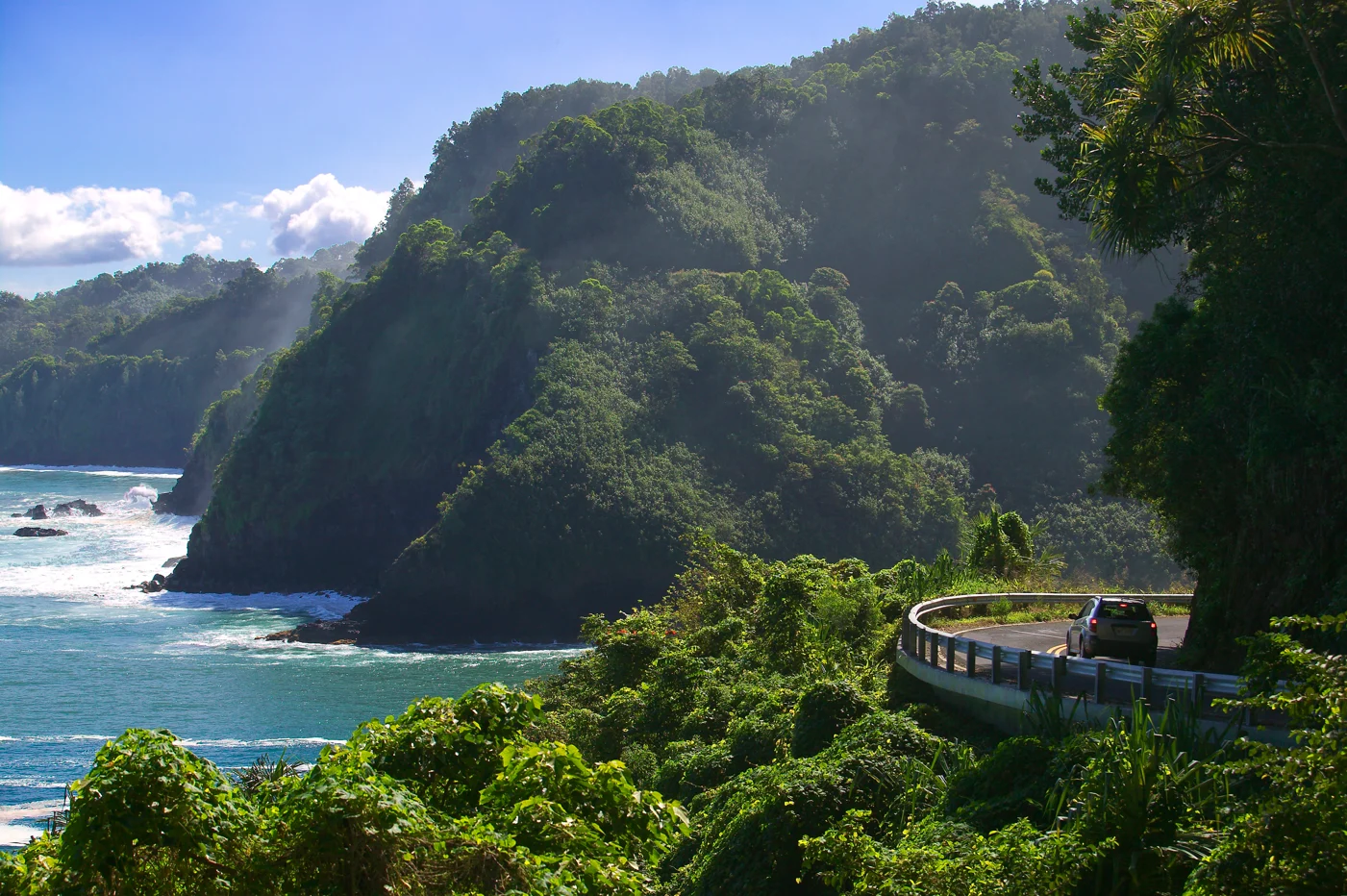
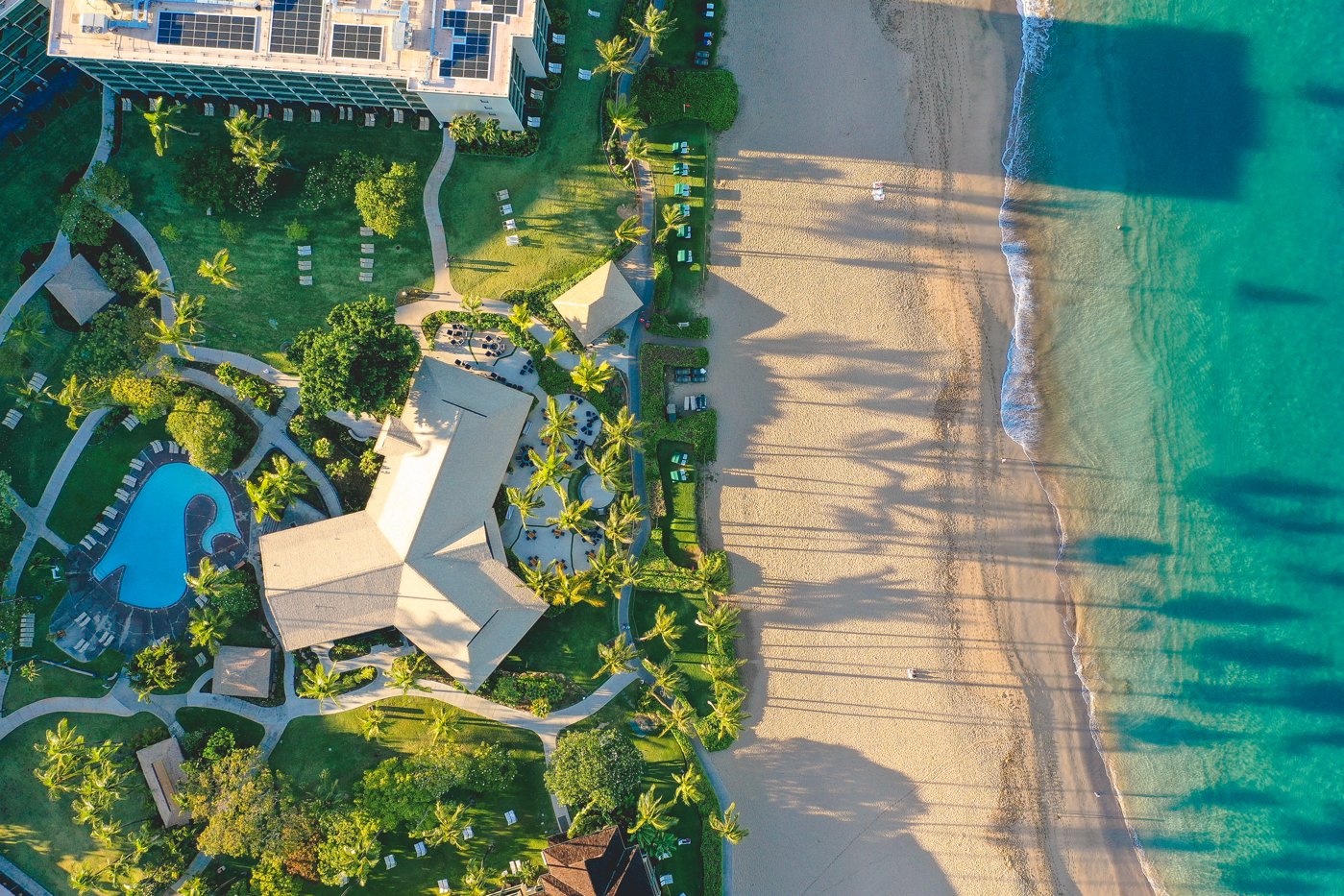

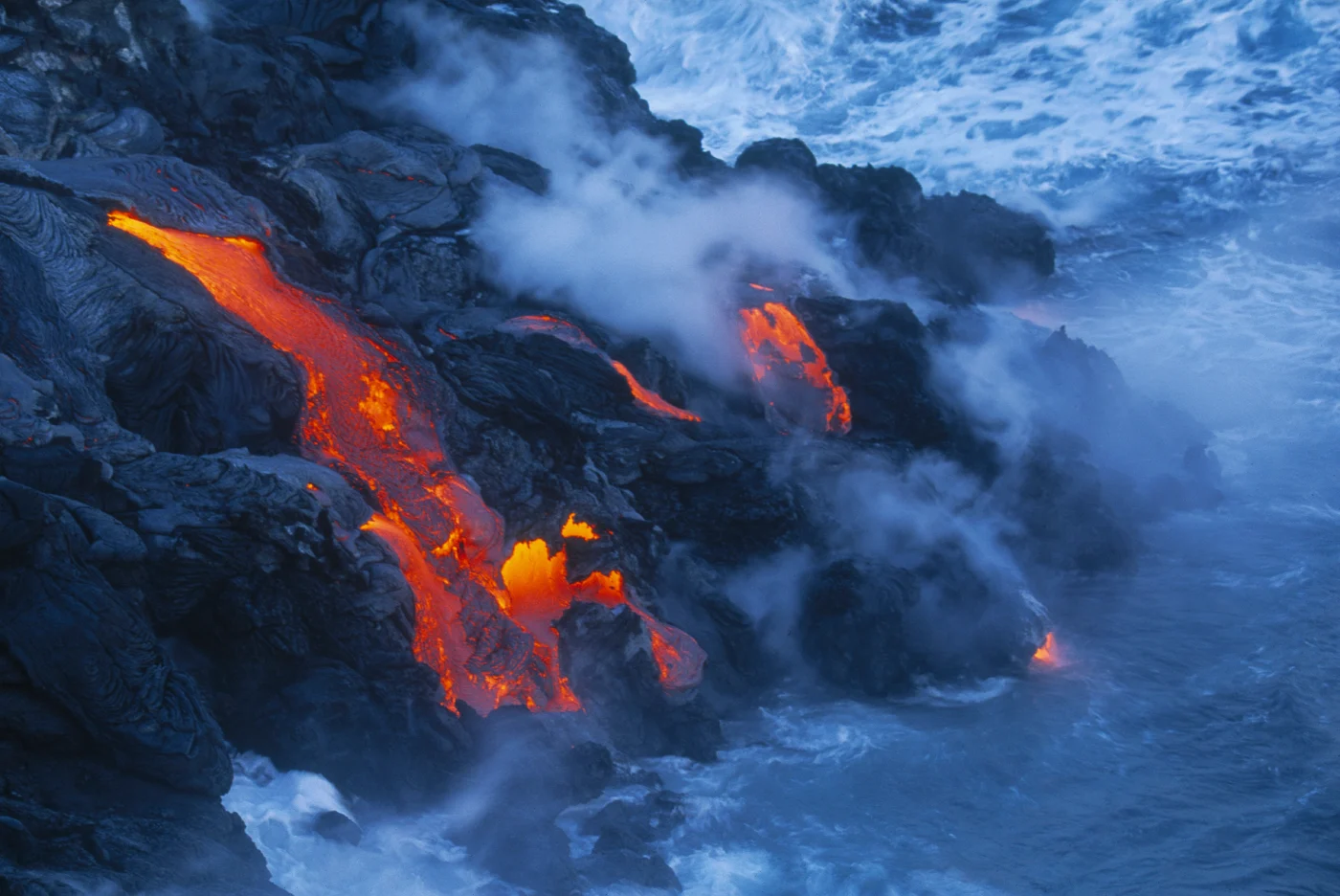
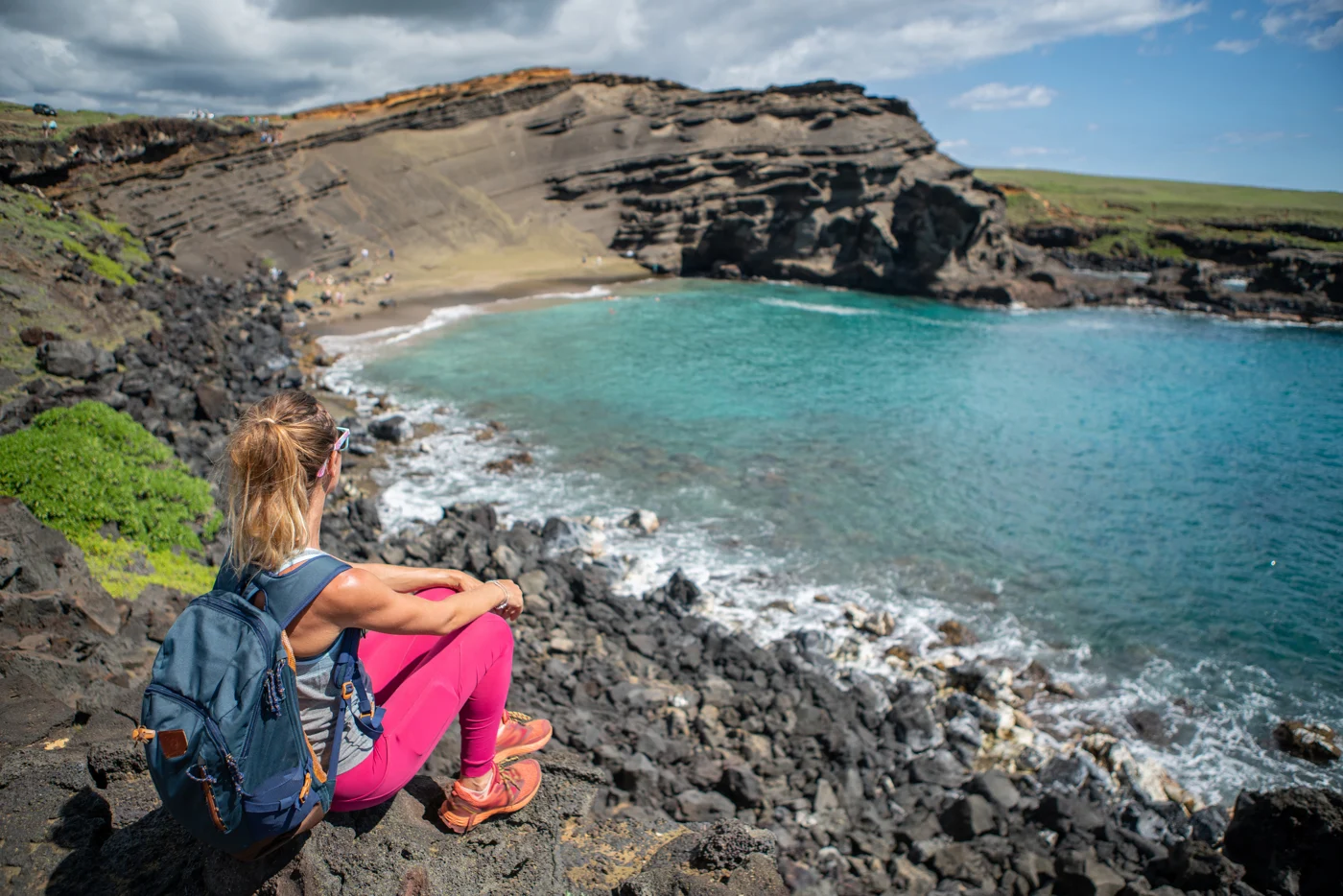
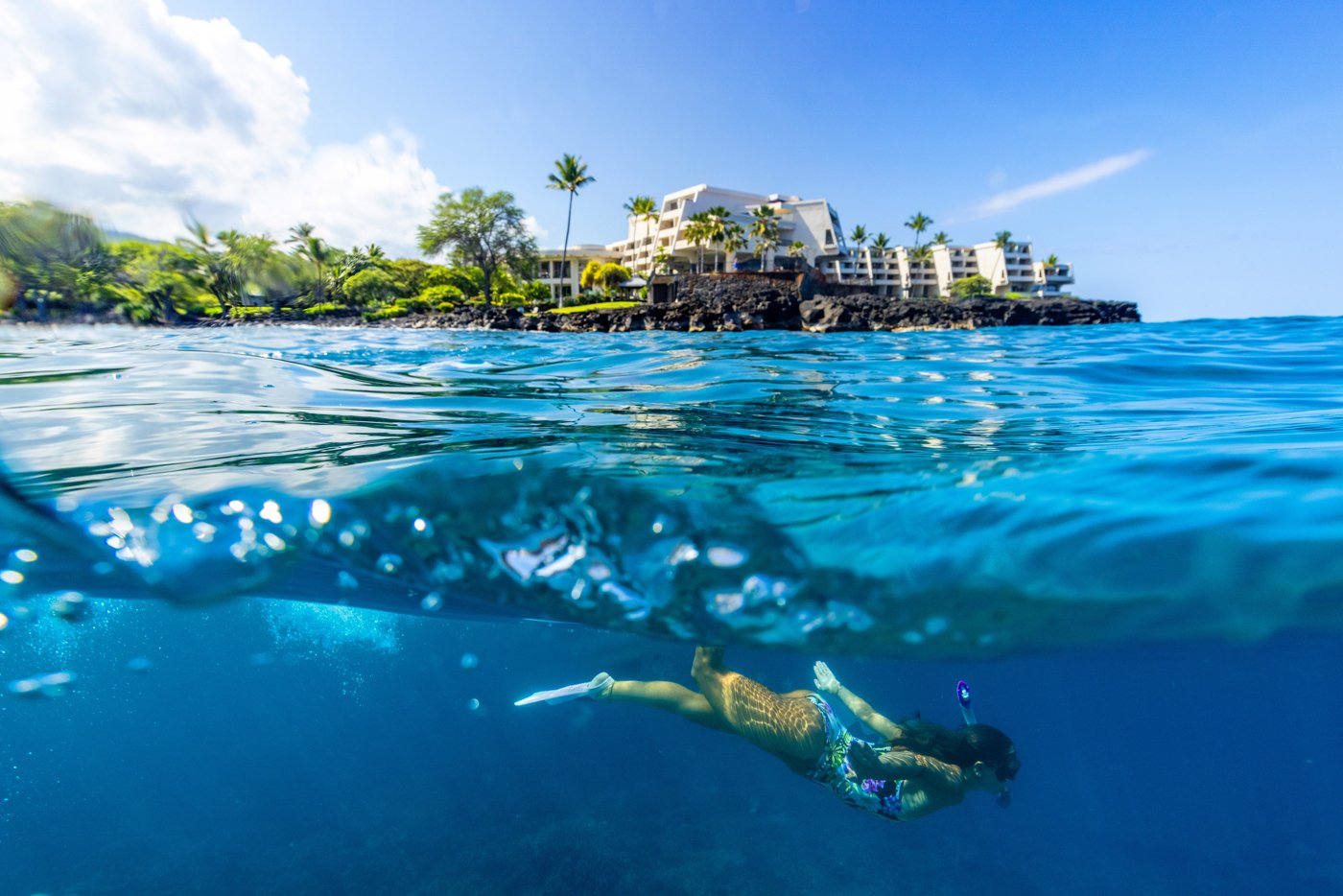
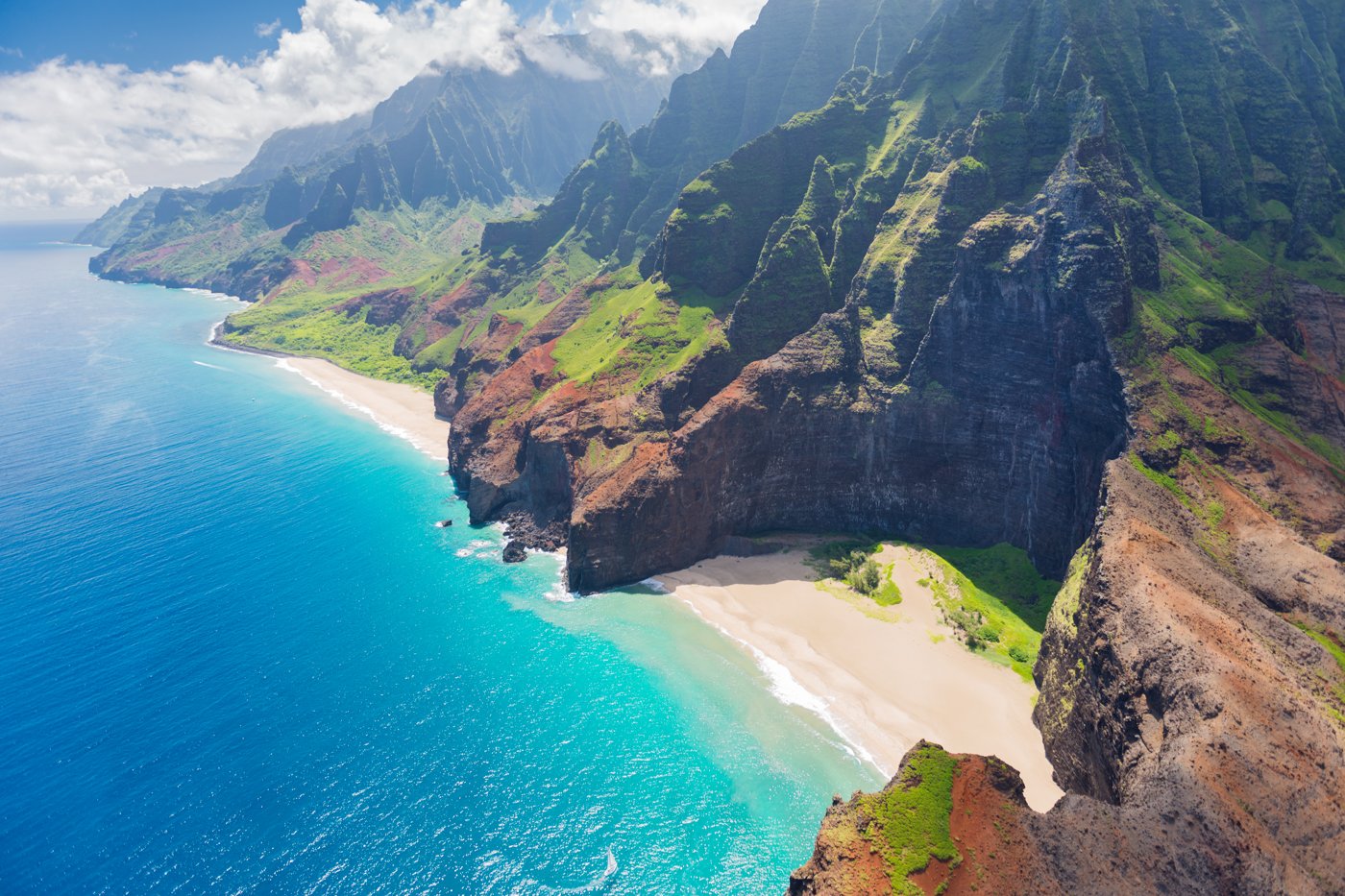
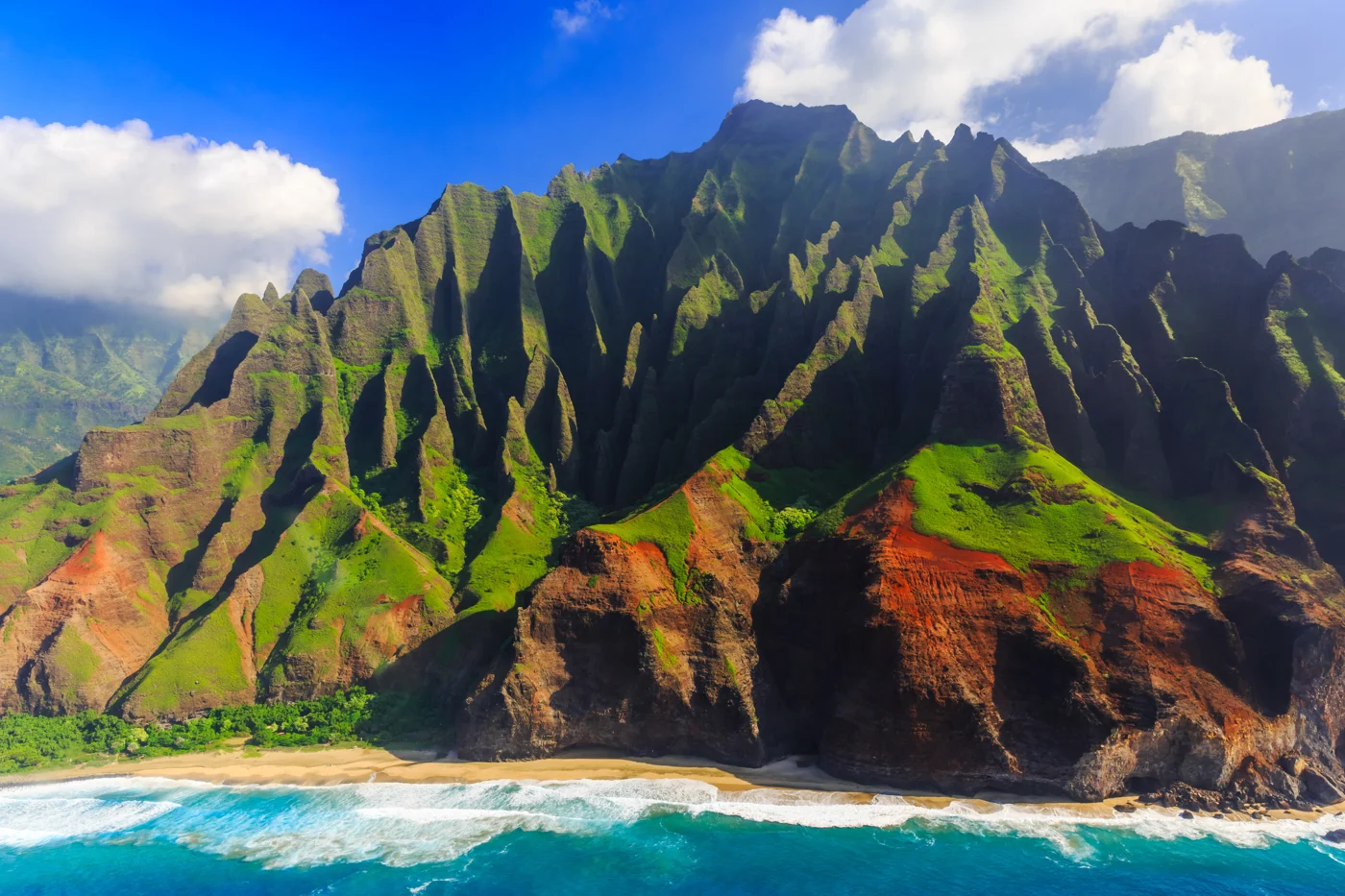


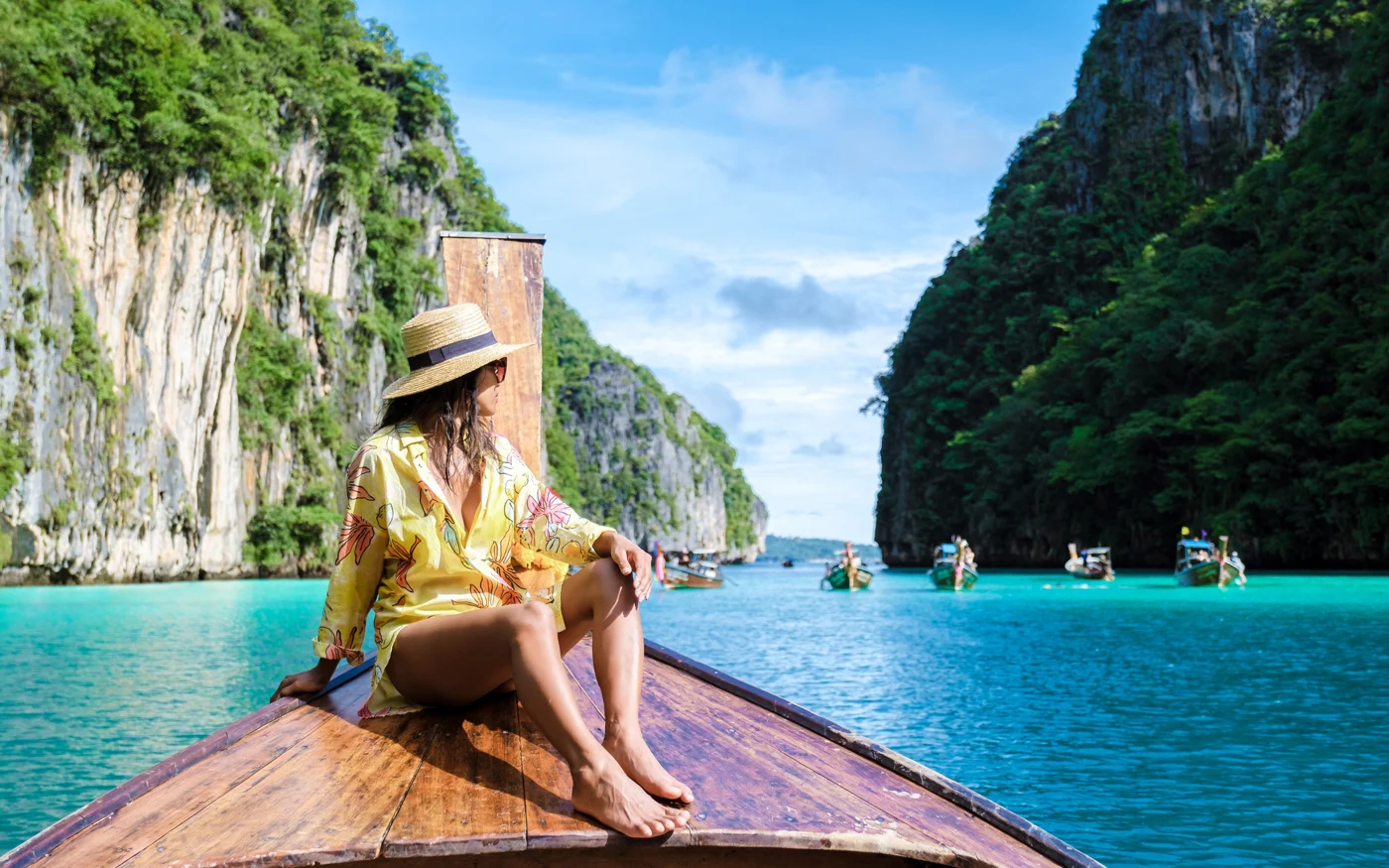



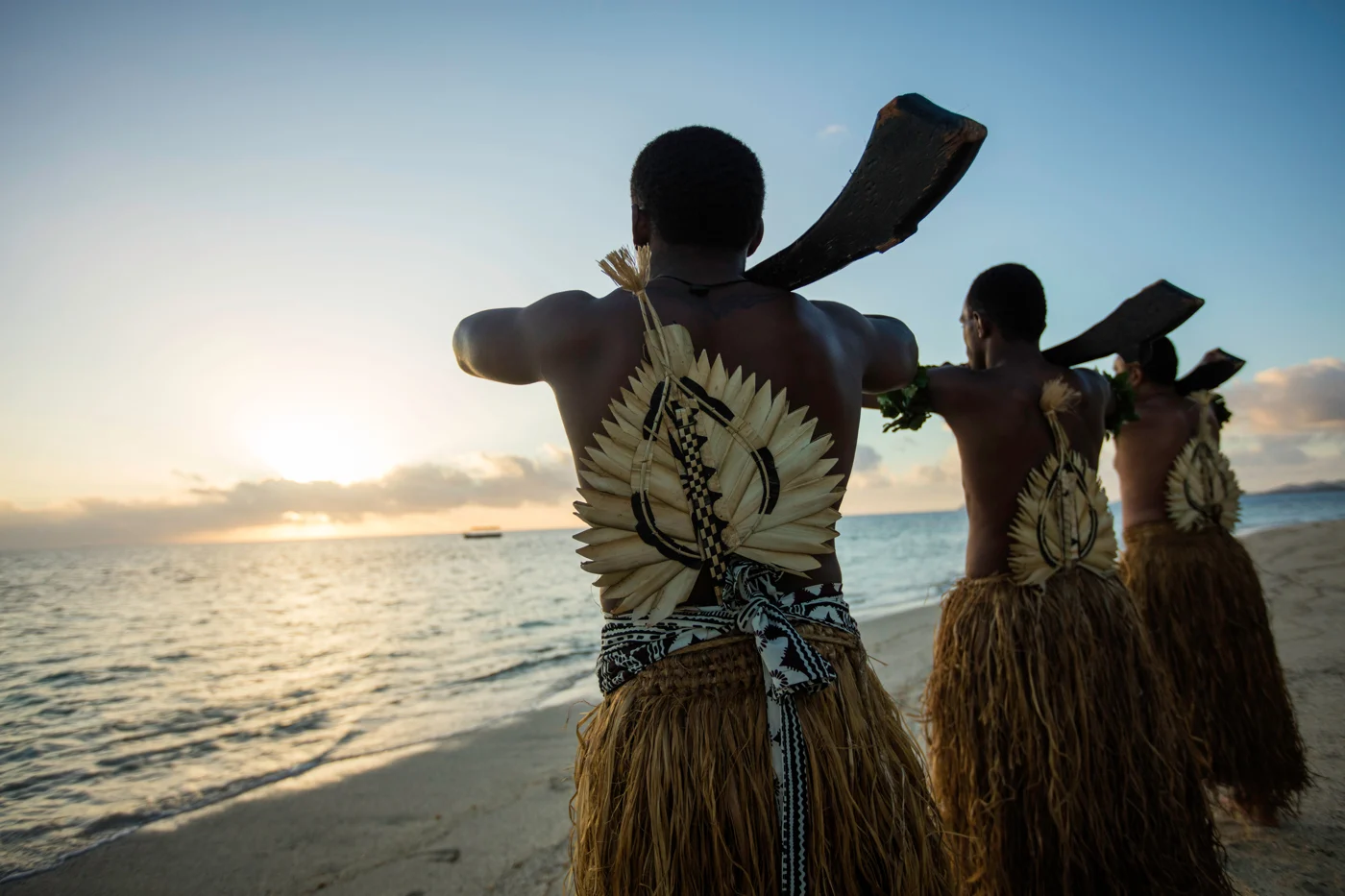
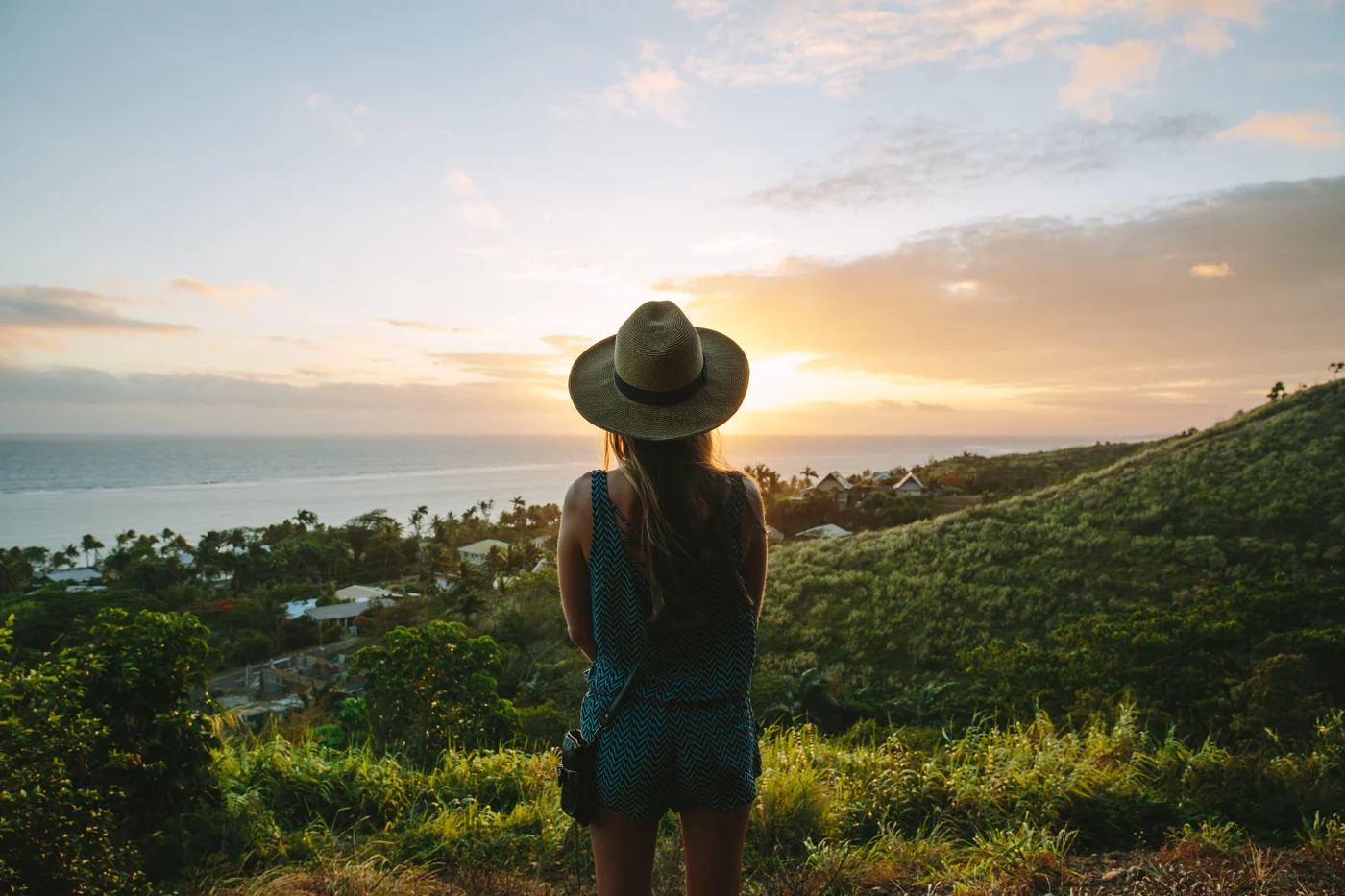

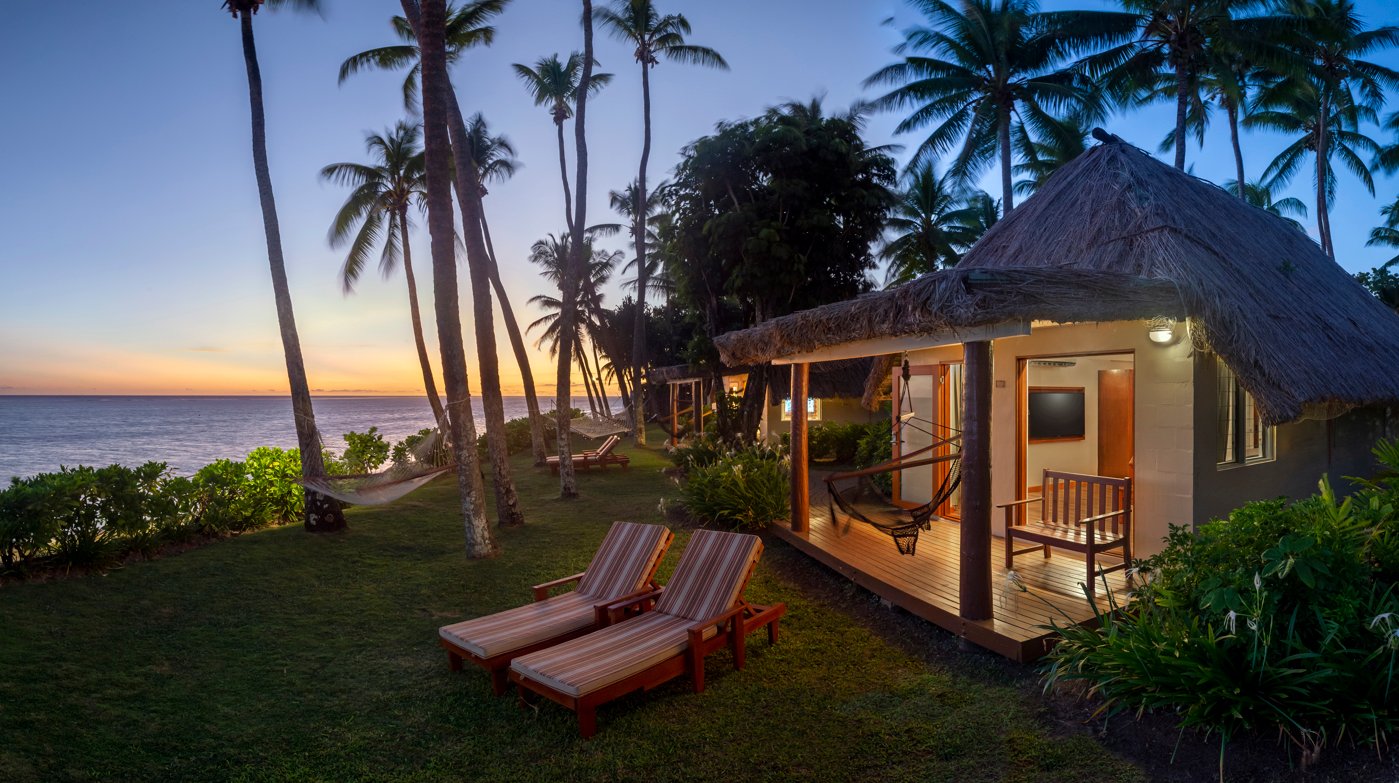

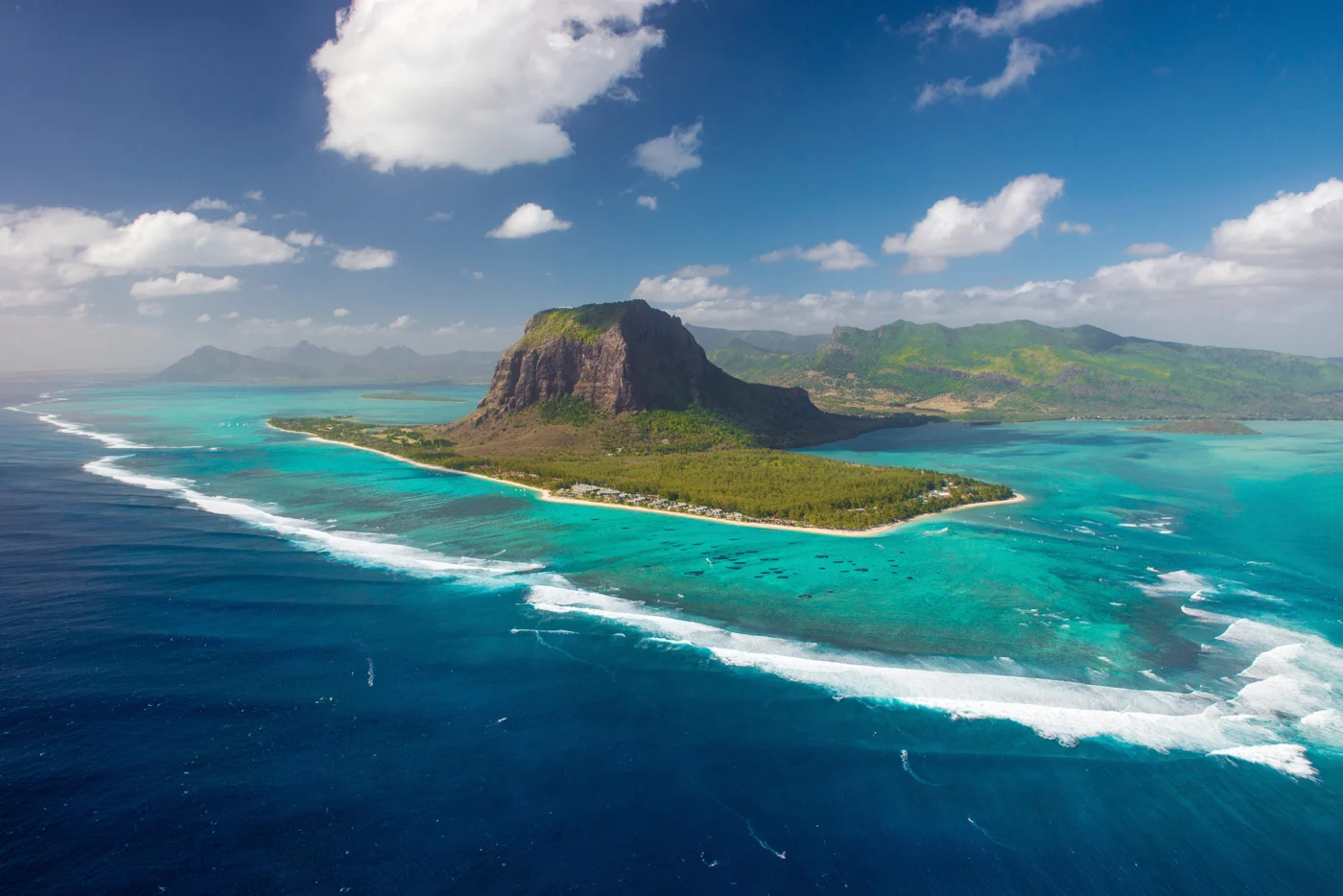






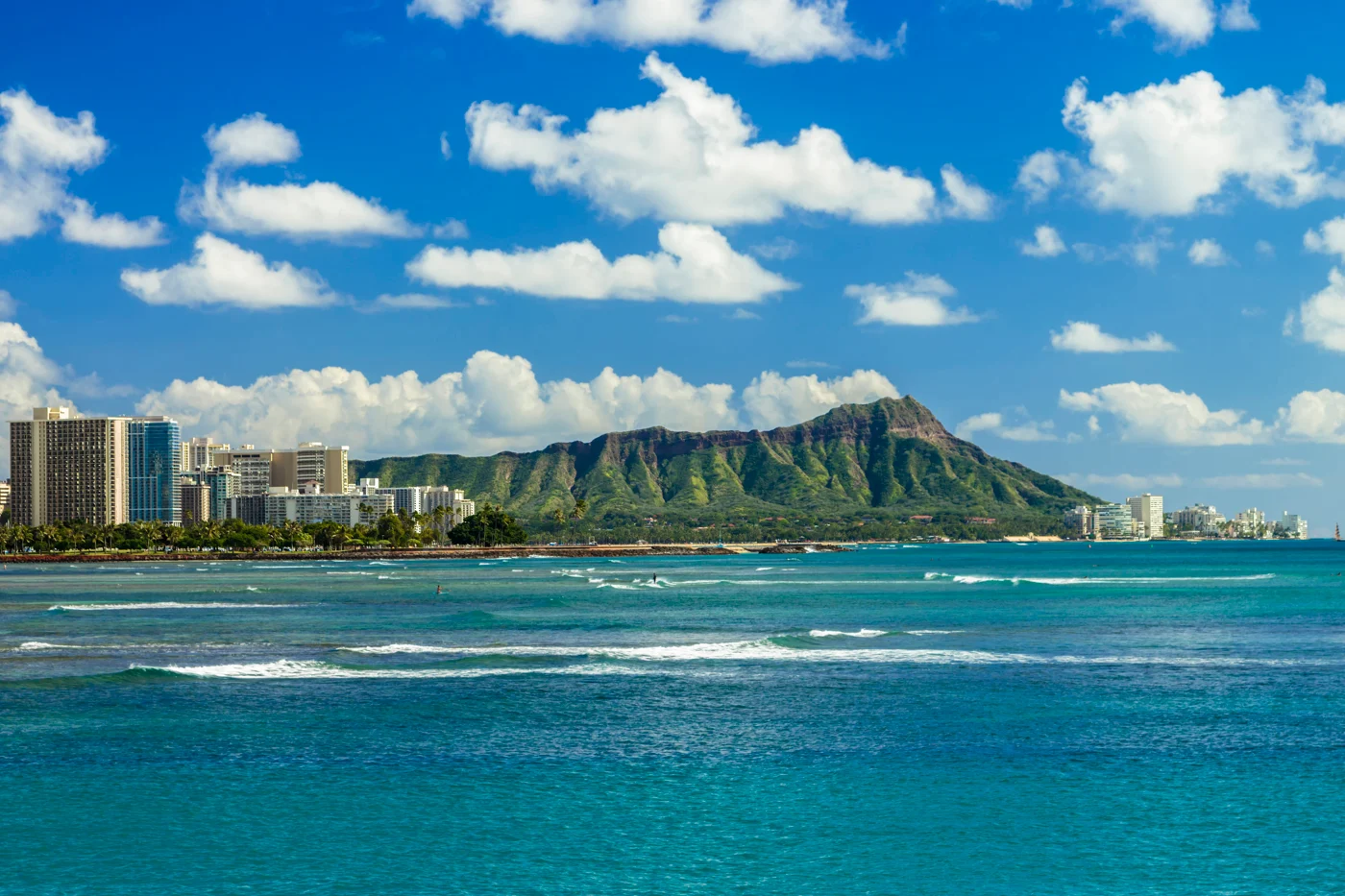
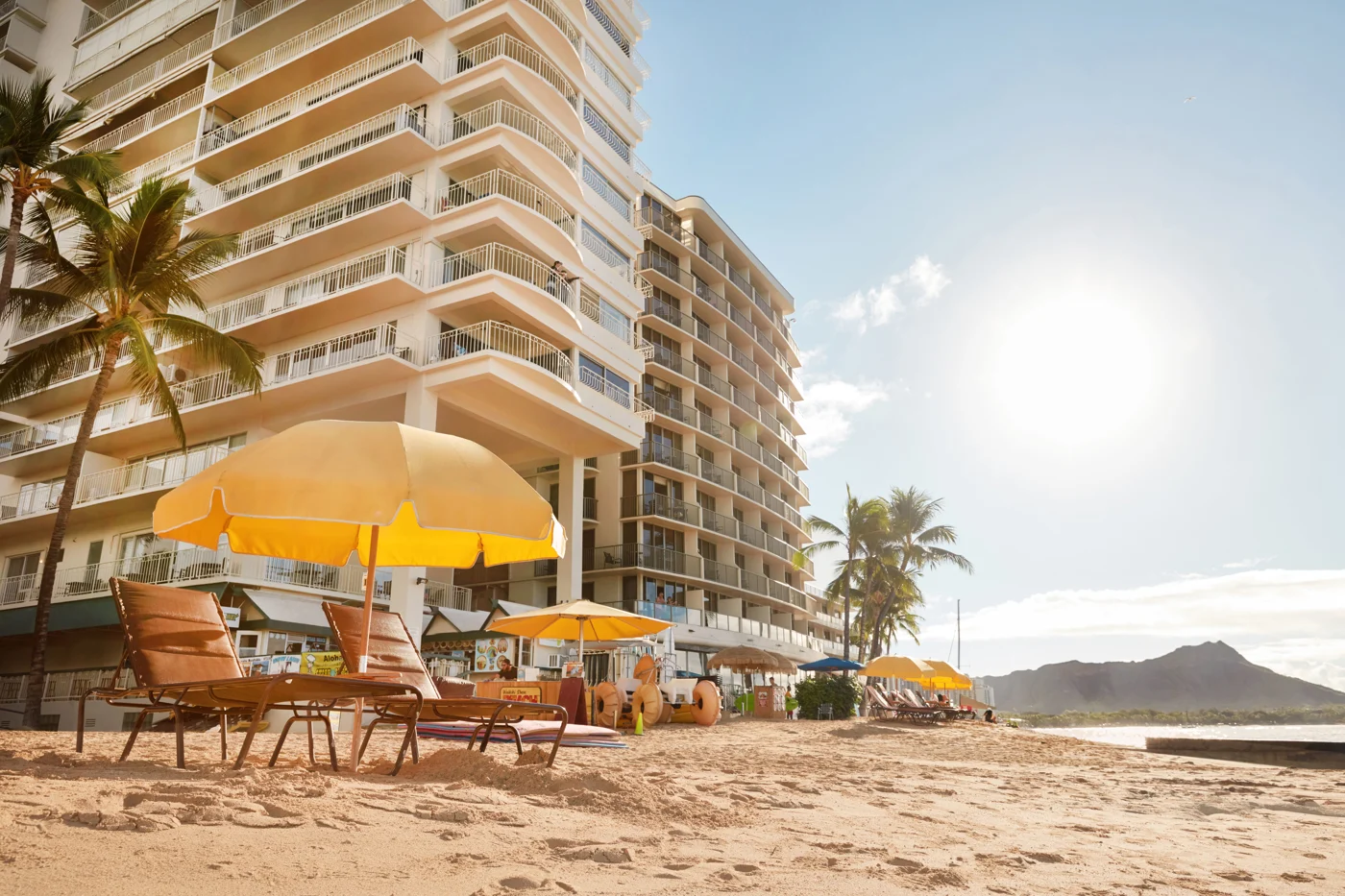


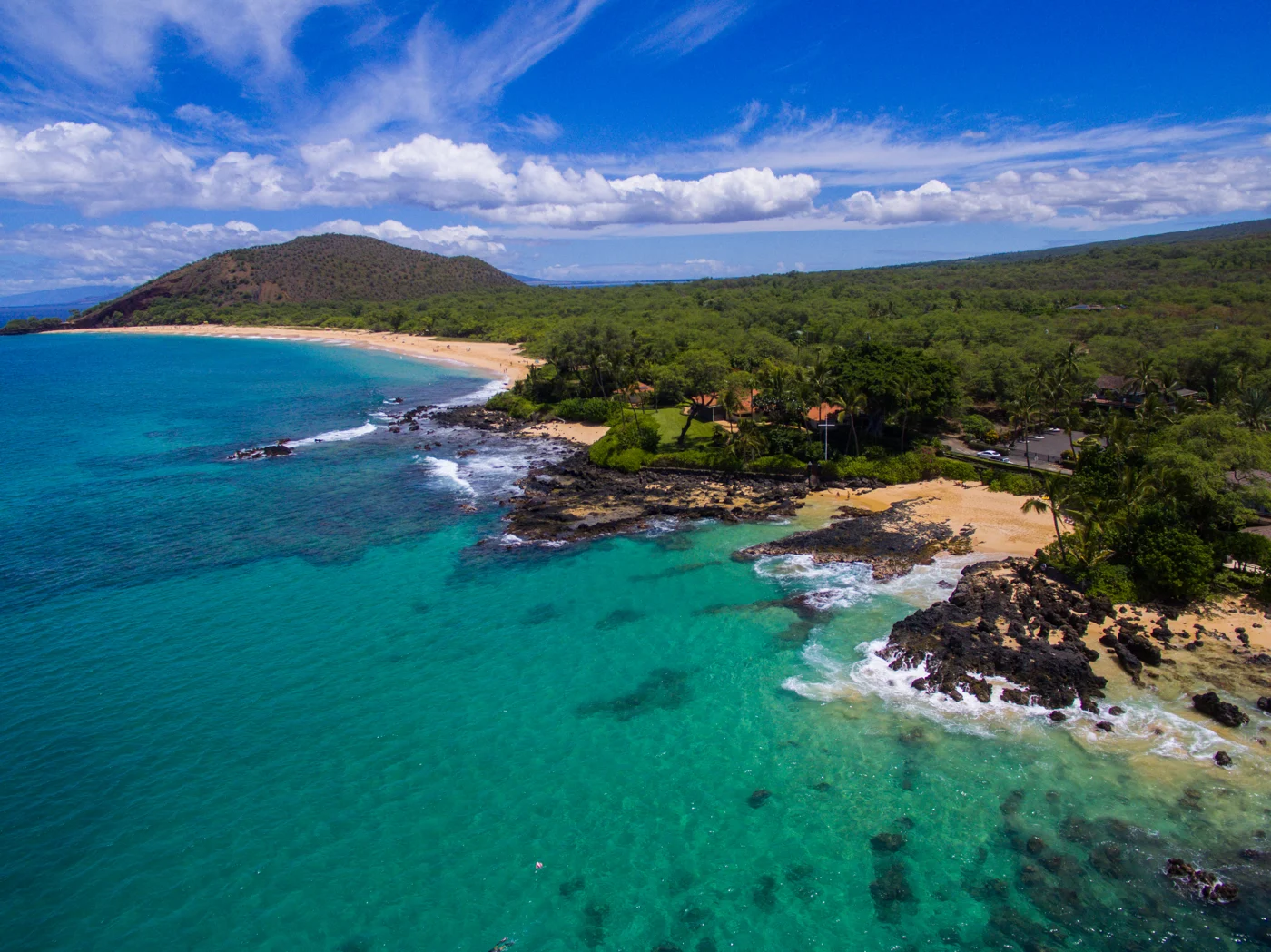

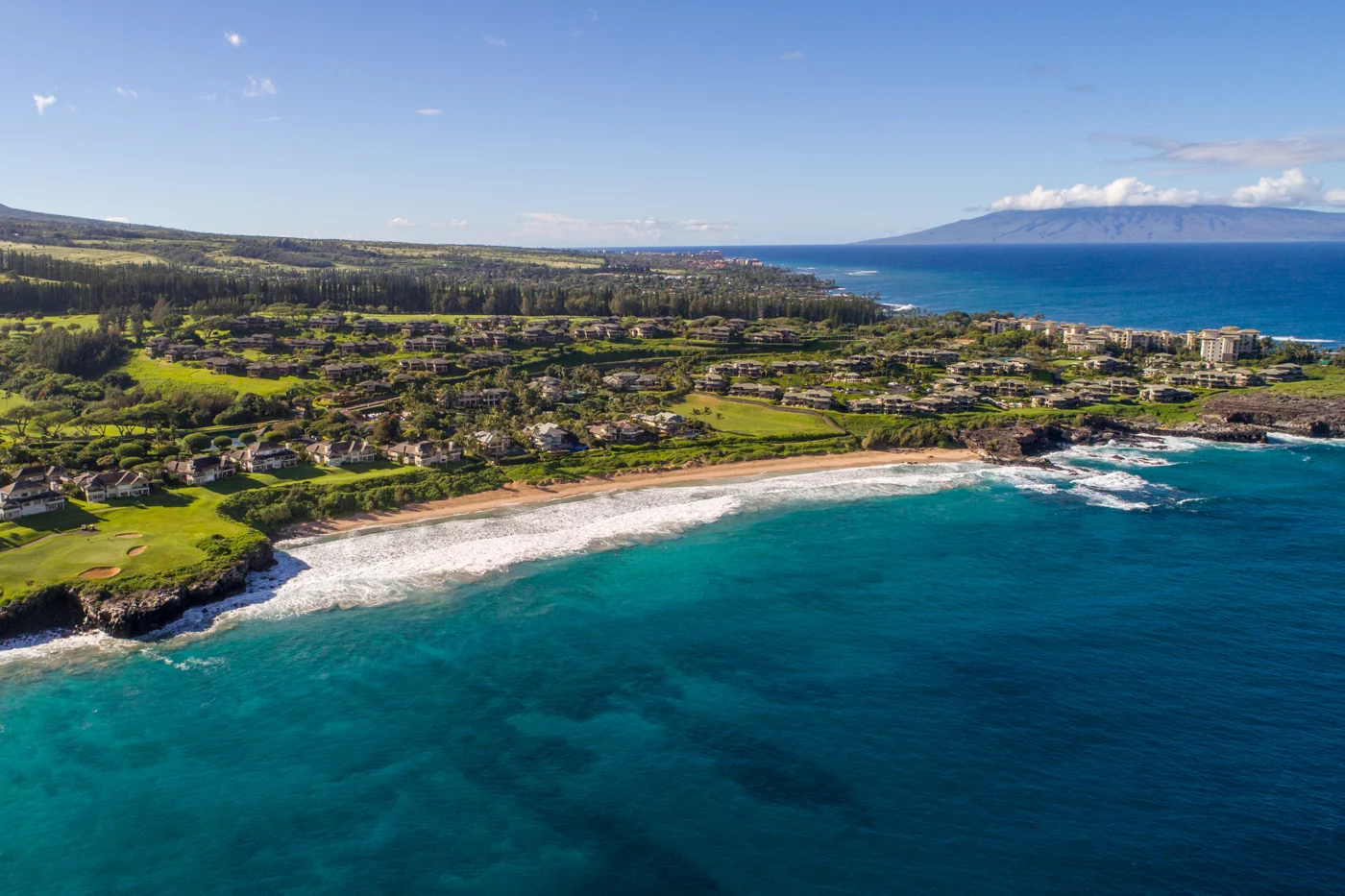
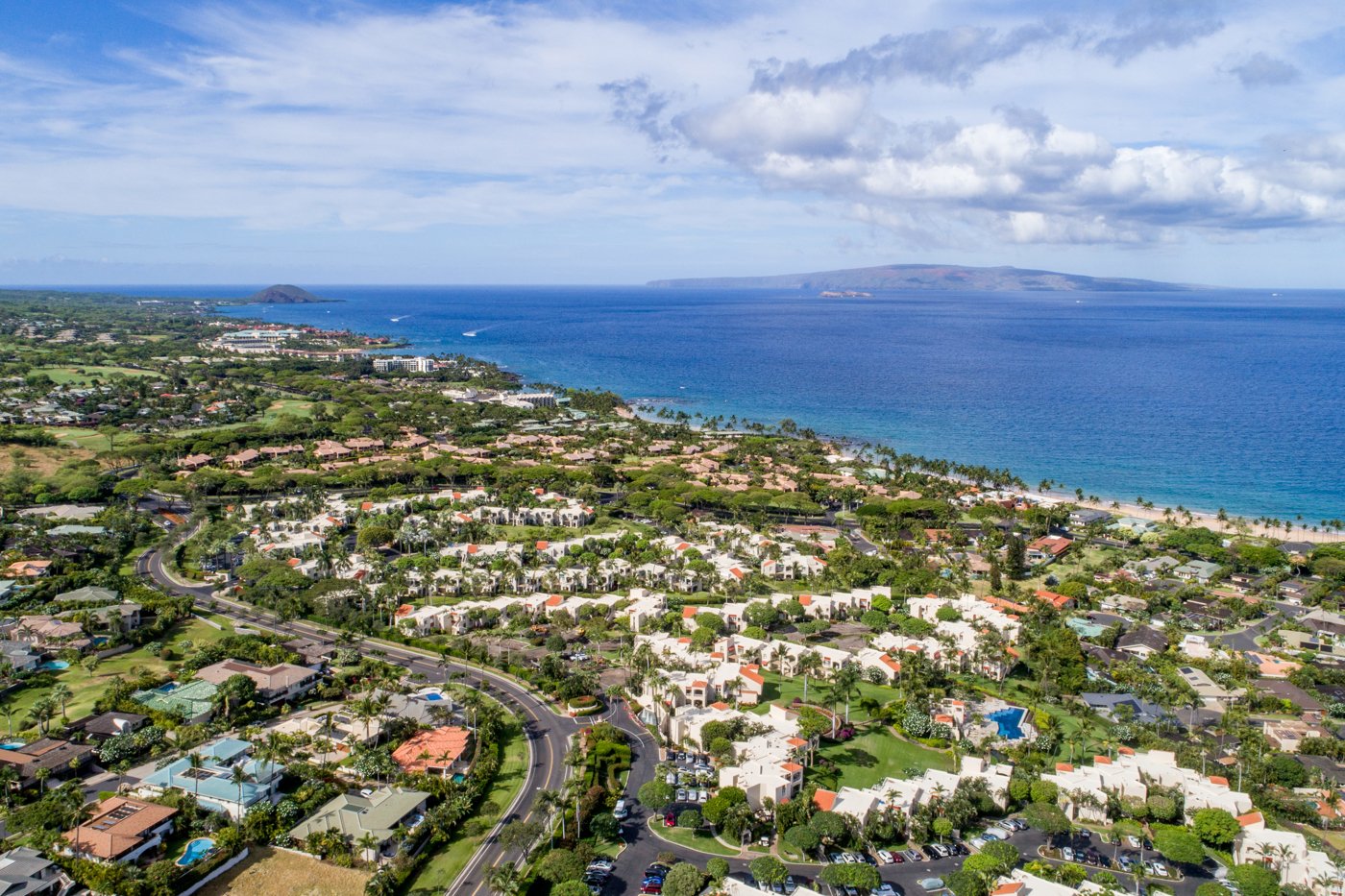

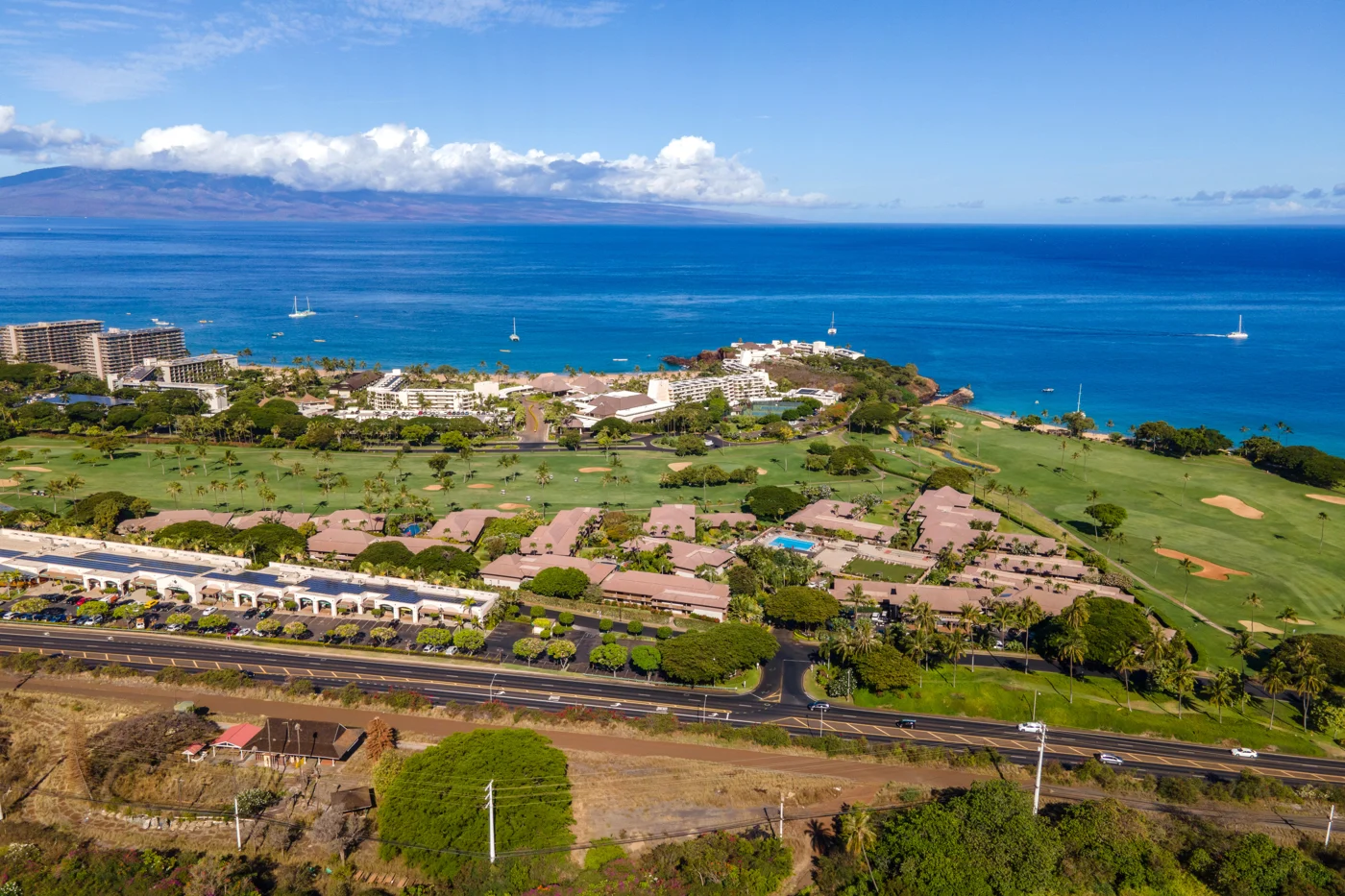


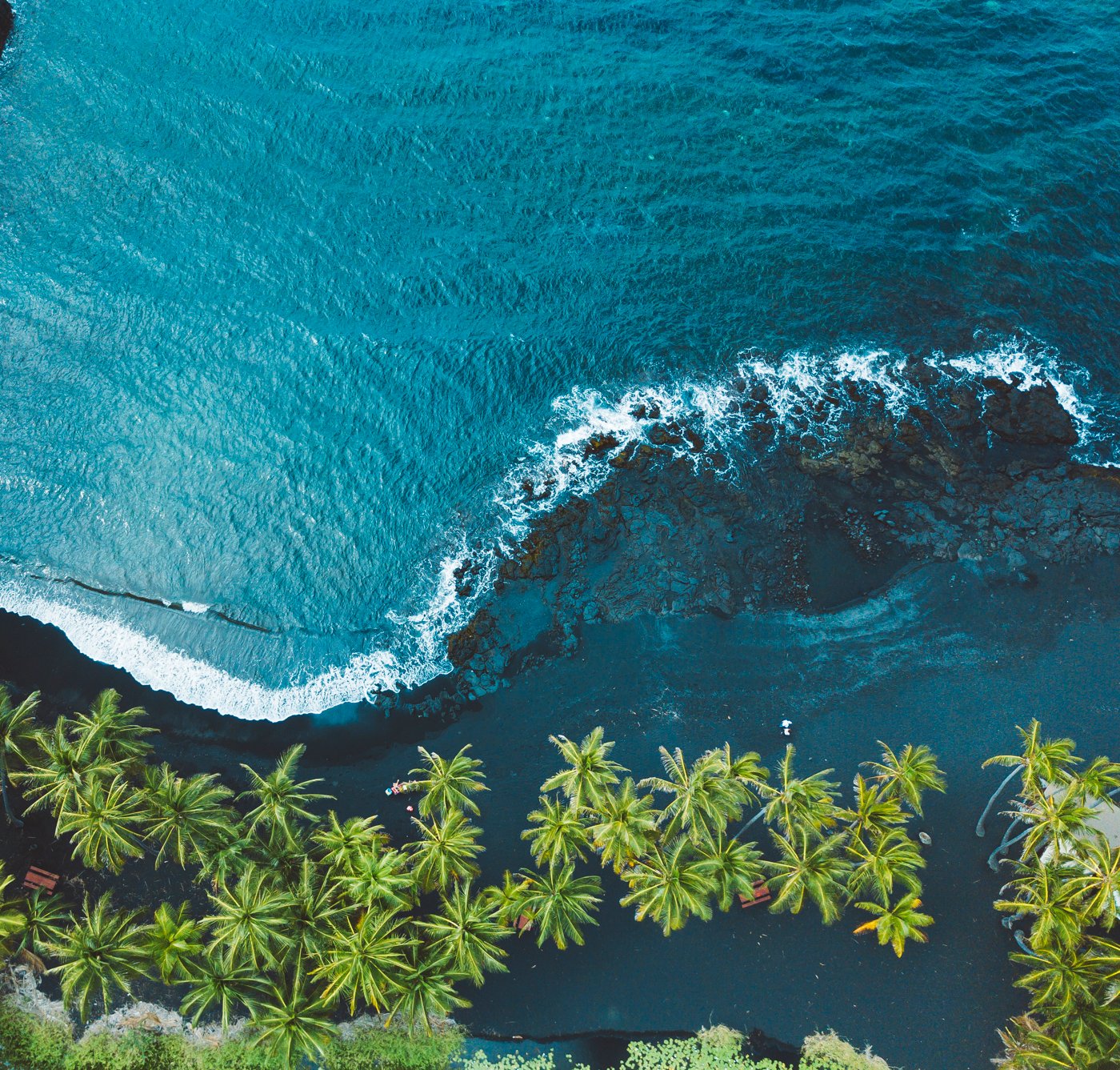
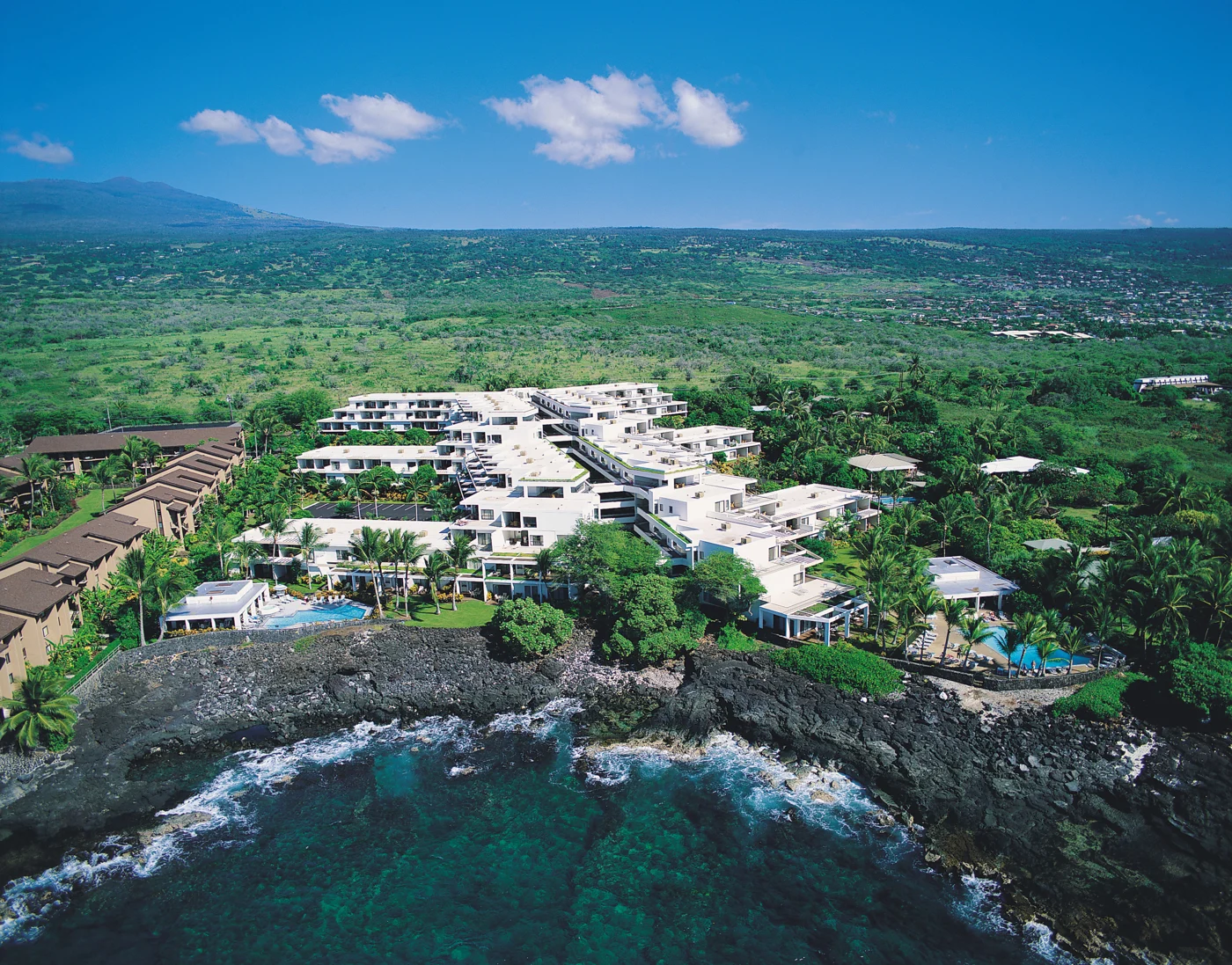
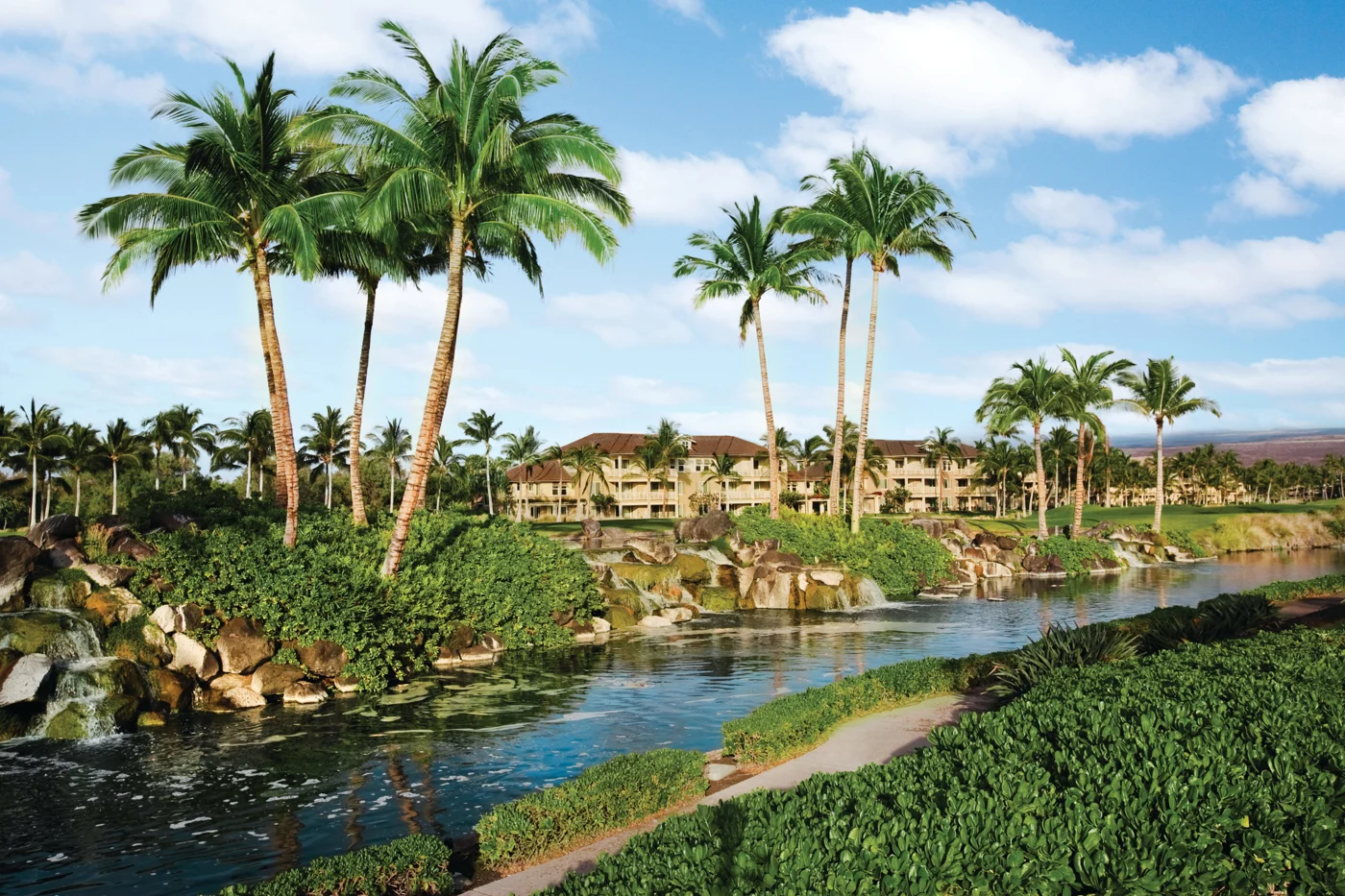
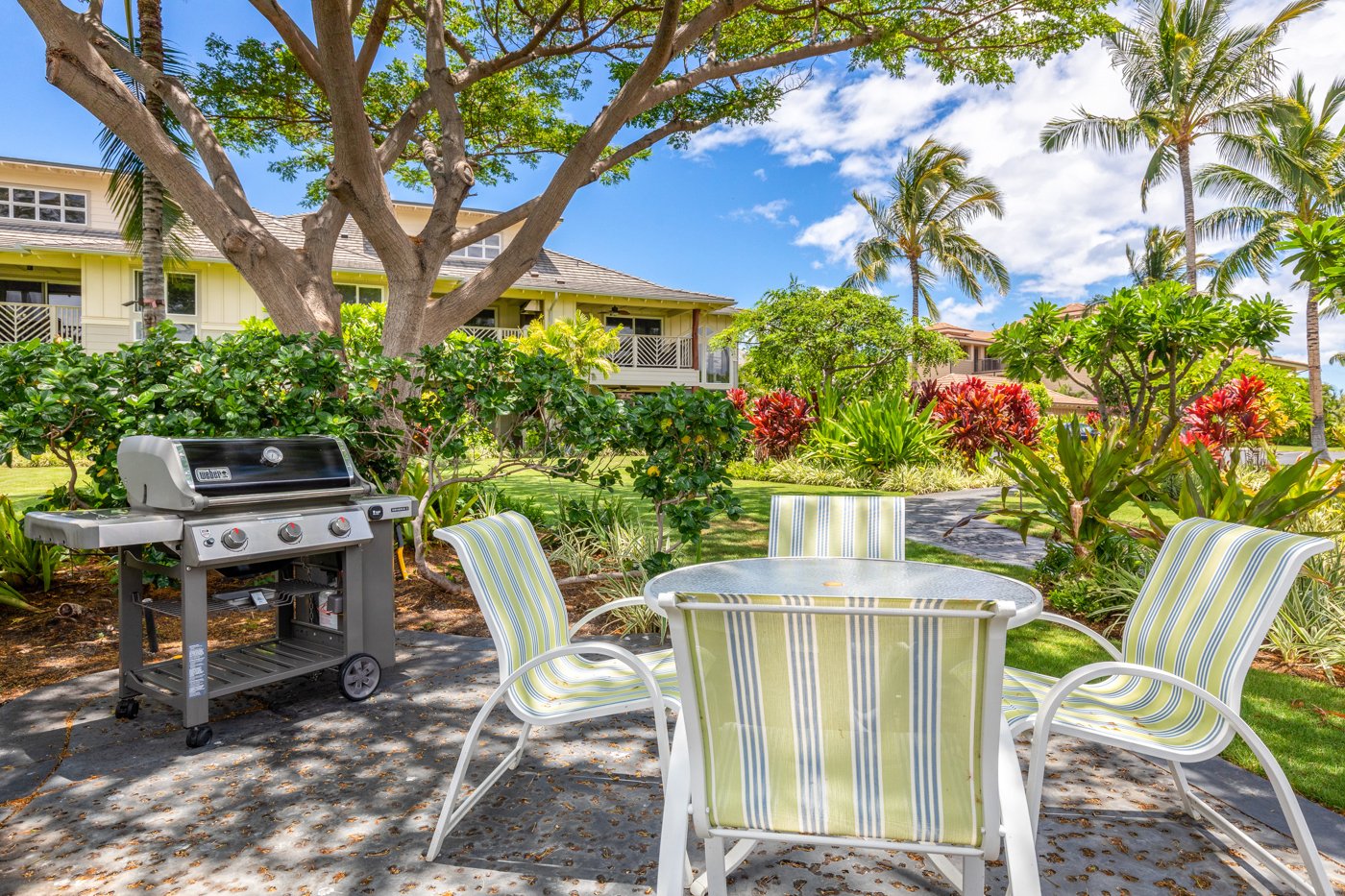

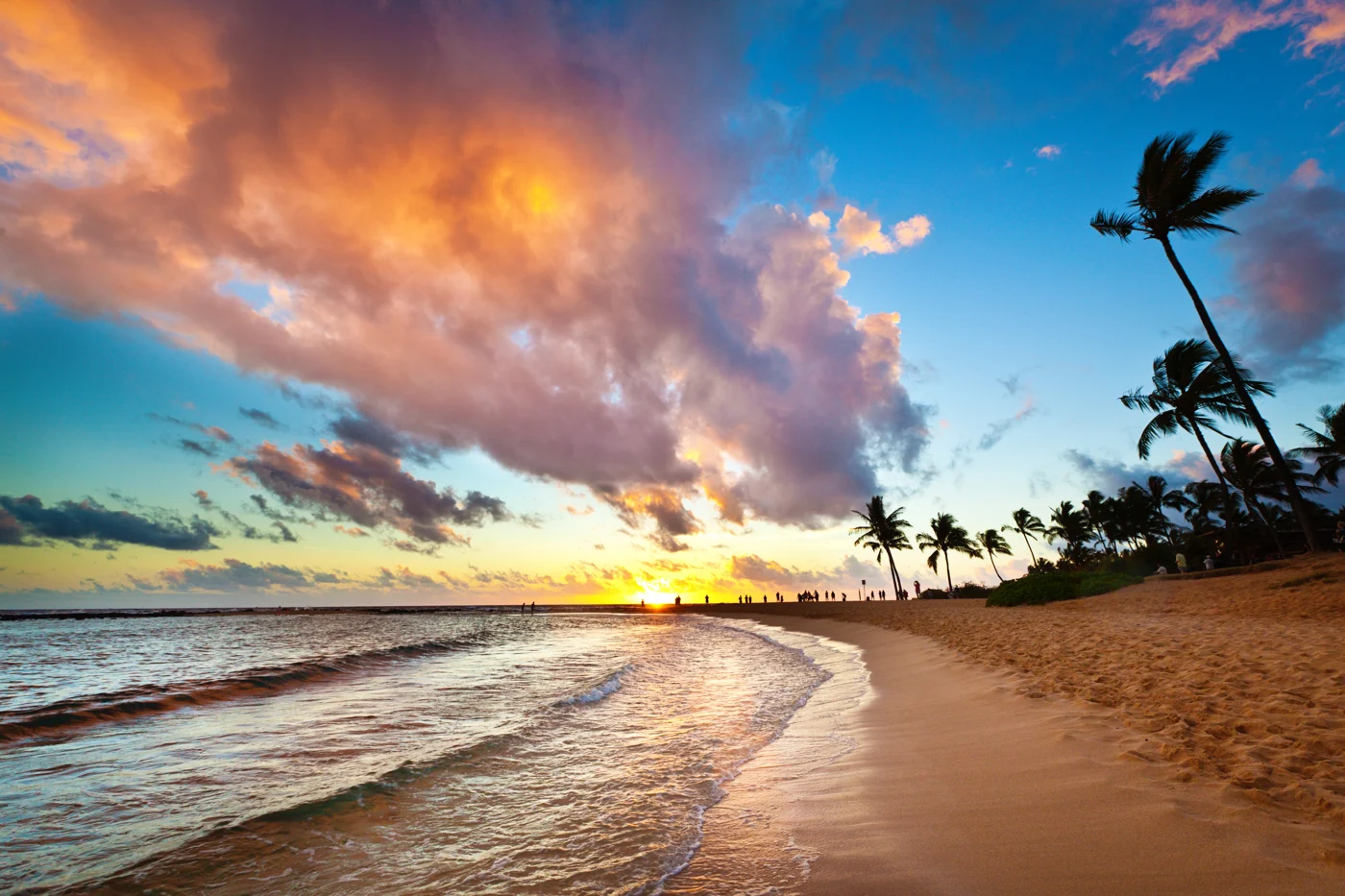





Rooms up to 25% off!
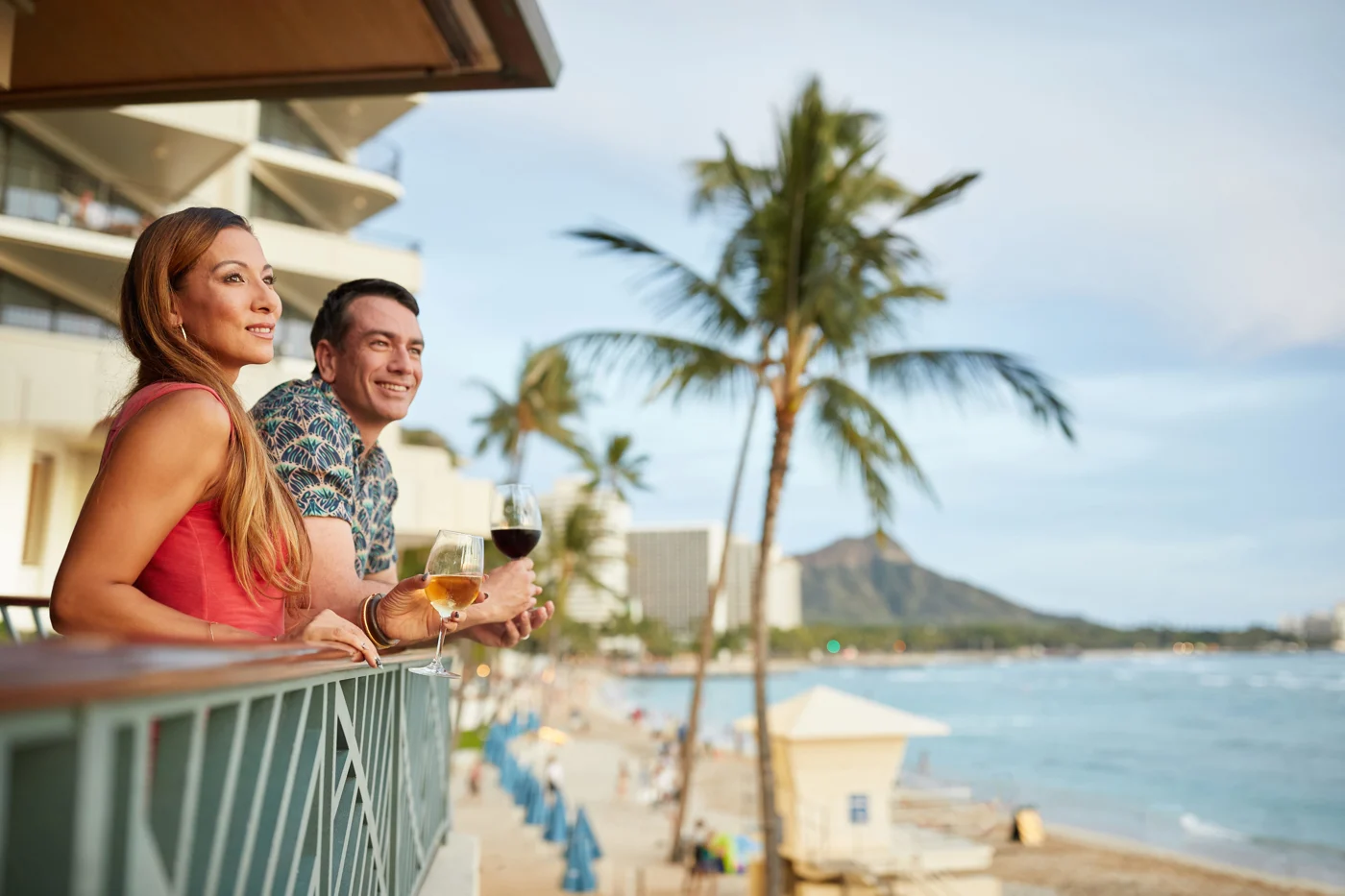

Loyalty member offers

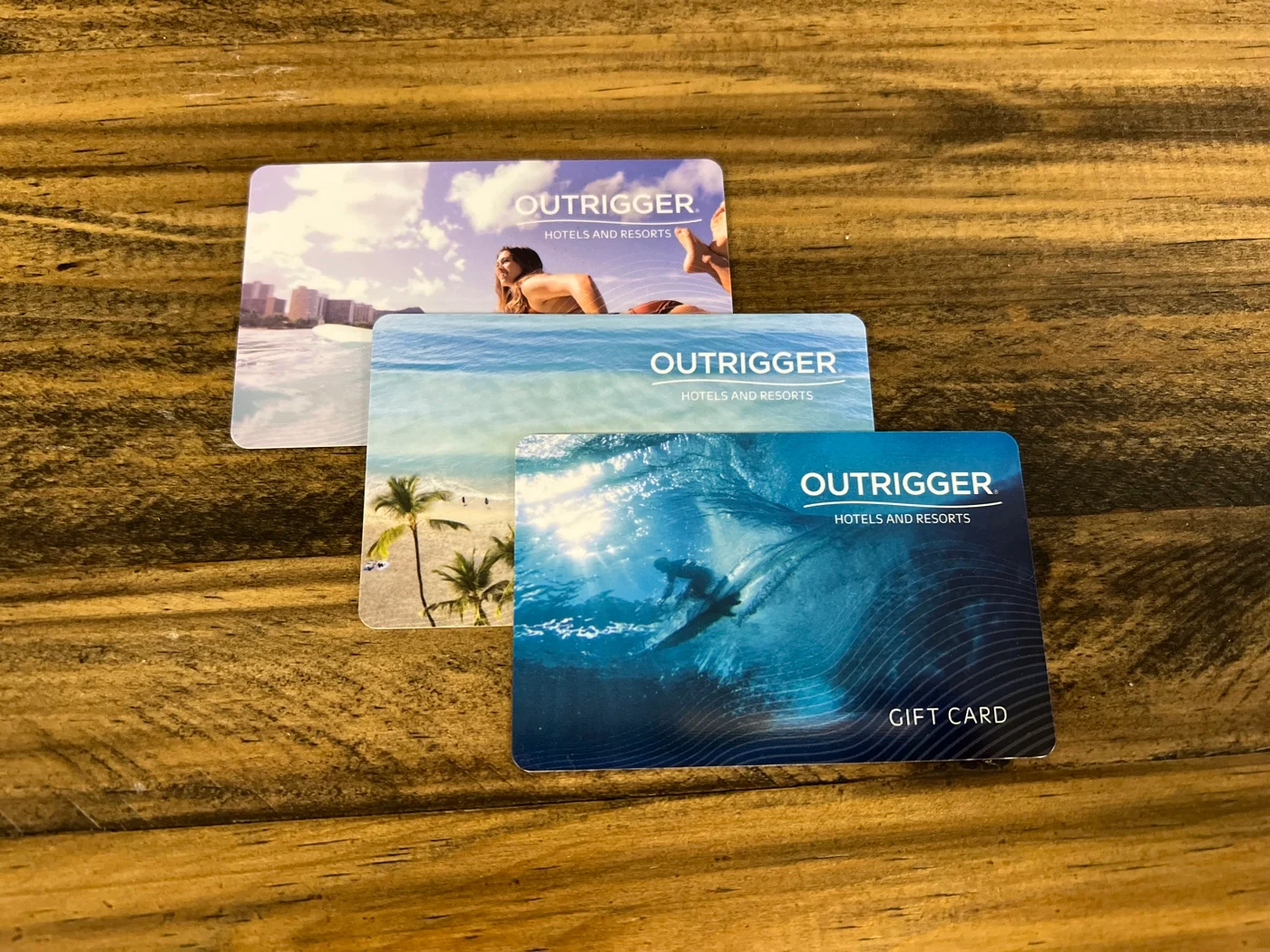
Gift Cards
Rewarding OUTRIGGER DISCOVERY benefits
- Enjoy exclusive member-only room rates and carefully curated experiences and local offers
- Earn DISCOVERY Dollars (D$) to spend towards your stay, or however you like!
- Use your benefits at more than 800+ resorts and hotels around the world
- Elite tier members earn more D$ and get perks like room upgrades and early check-in
- Free and easy to join!

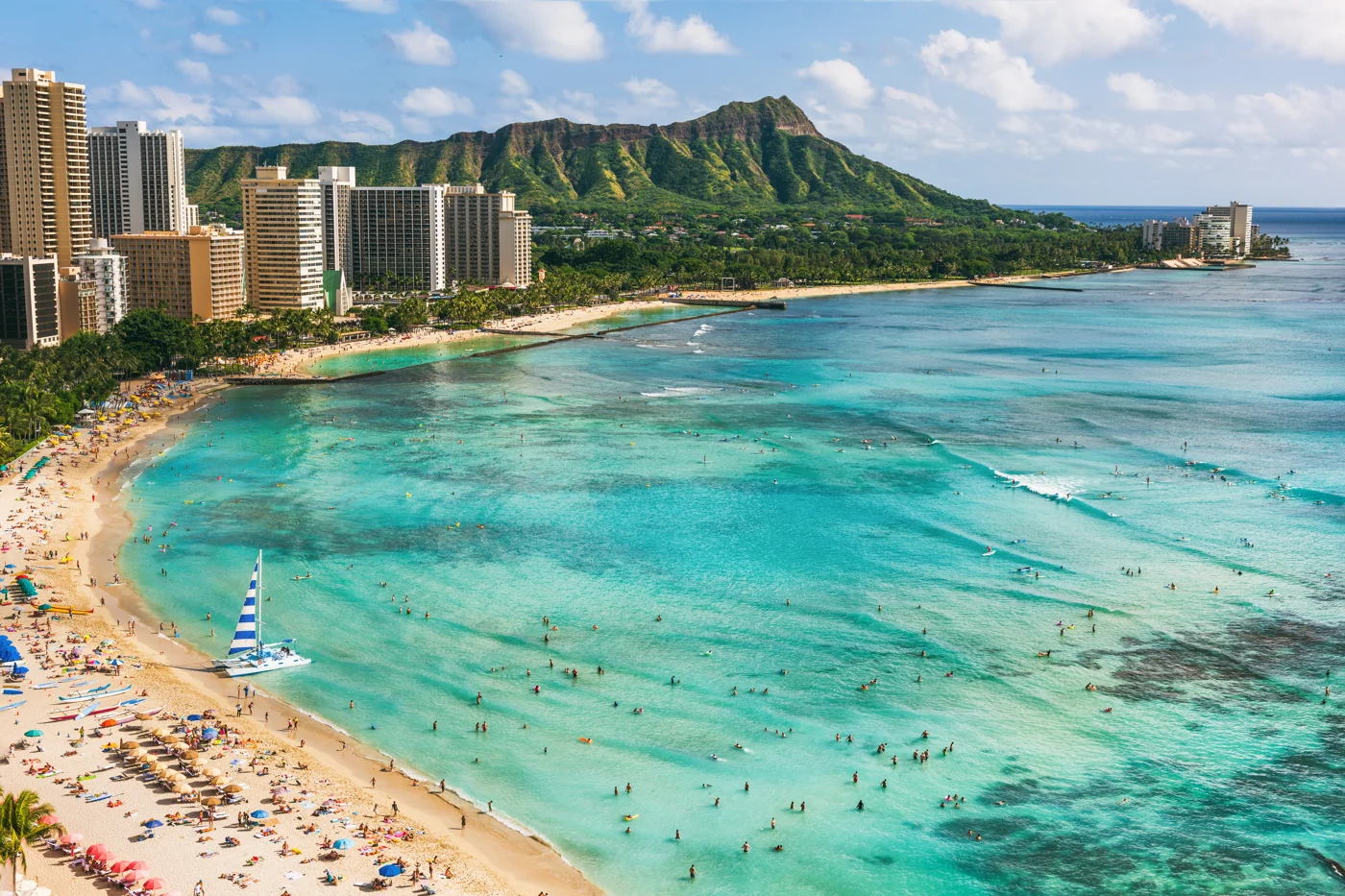


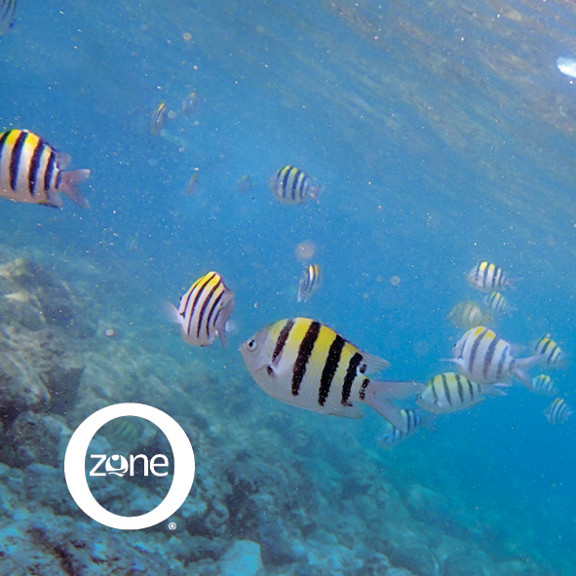
3 Big Tips For Being Reef Safe *and* Sun Safe
Have you heard the buzz that many sunscreens contain chemicals that are harmful to our invaluable coral reefs? It’s true. In fact, Hawaii recently became the first state to ban the chemicals oxybenzone and octinoxate from being distributed in the state.
Coral reefs are vital to the continued health of our oceans’ complex ecosystem and the protection of our shorelines. They are even a source for new medicines being to treat cancer, heart disease, and other ailments. These are just some of the reasons we launched OZONE (Outrigger’s ZONE) in 2014. You've heard us talk about it before. OZONE is our global conservation initiative, committed to preserving our coral reefs.
Our reefs face many risks to their survival, and at the same time, ultraviolet (UV) radiation is a real threat to the health of the largest organ of our bodies – our skin! So how can we protect both coral reefs and follow our doctor’s orders?
Here are 3 big tips to protect our ocean health and body health at the same time:
1. Wear protective clothing. When we’re outside in the sun, it’s important to cover our face and shoulders as they are often the parts most exposed to the sun. Wide-brimmed hats and shirts of tightly woven fabrics with sleeves are a great place to start. When swimming, wear a rash guard – shirts designed for swimming. And don’t forget your sunglasses!
2. Stay in the shade – good shade. Trees with large canopies that hide most of the sky, umbrellas up against buildings and beach tents can offer good protective shade. While direct sunlight is the most harmful, it’s important to remember that not all shade was created equal. UV radiation cannot be seen or felt, and it can reflect off of water, sand, concrete and even grass. A good way to know if you’re being exposed to indirect sunlight is how much of the sky can you see – the less, the safer. Don’t forget, clouds diffuse UV rays, they don’t stop them.
3. Use reef-safe sunscreen. The safe kind are mineral sunscreens that reflect the sun’s rays using ingredients like zinc oxide or titanium dioxide. These types won’t absorb into your skin the way the chemical sunscreens do. There are many sunscreen products available at most drug stores that don’t contain the harmful chemicals oxybenzone or octinoxate (or octyl methoxycinnamate). You can also pick up a reef-safe sunscreen at your favorite Outrigger hotel. As more and more consumers make reef-friendly choices, we will see more and more sunscreen options that will keep both us and our oceans safe.